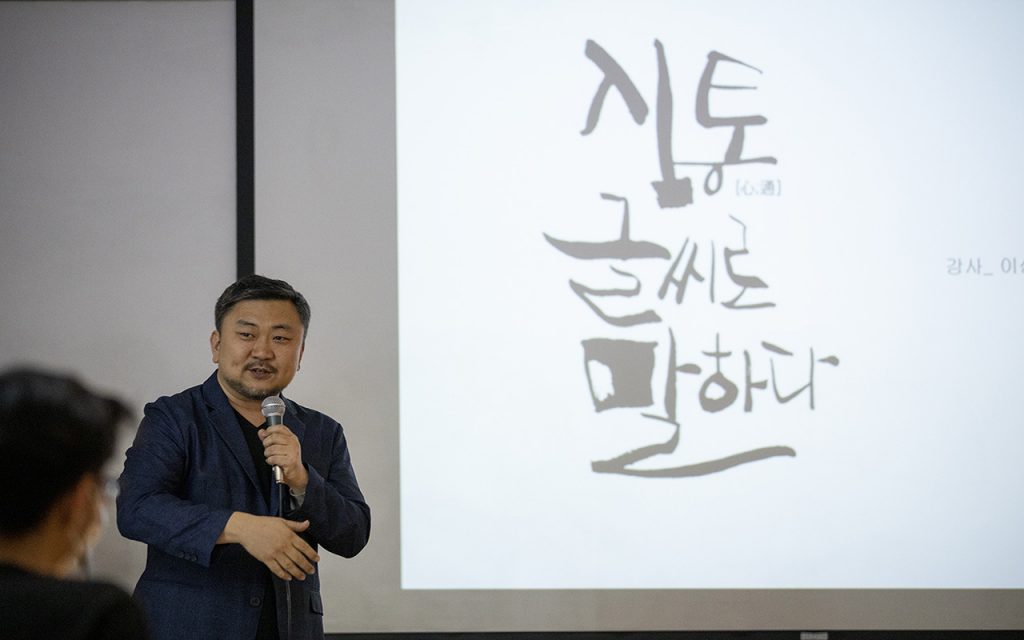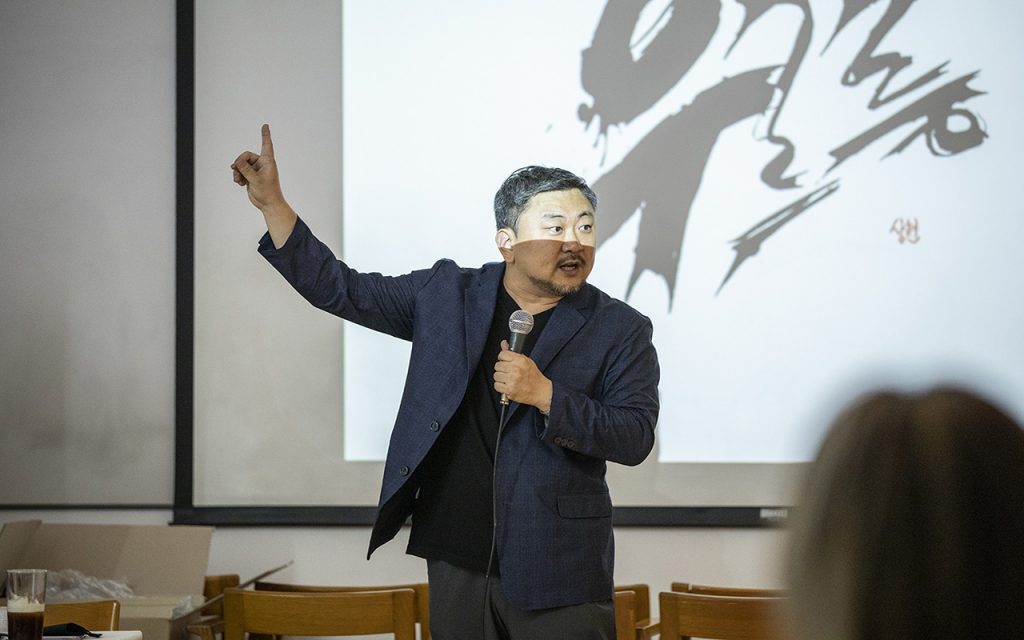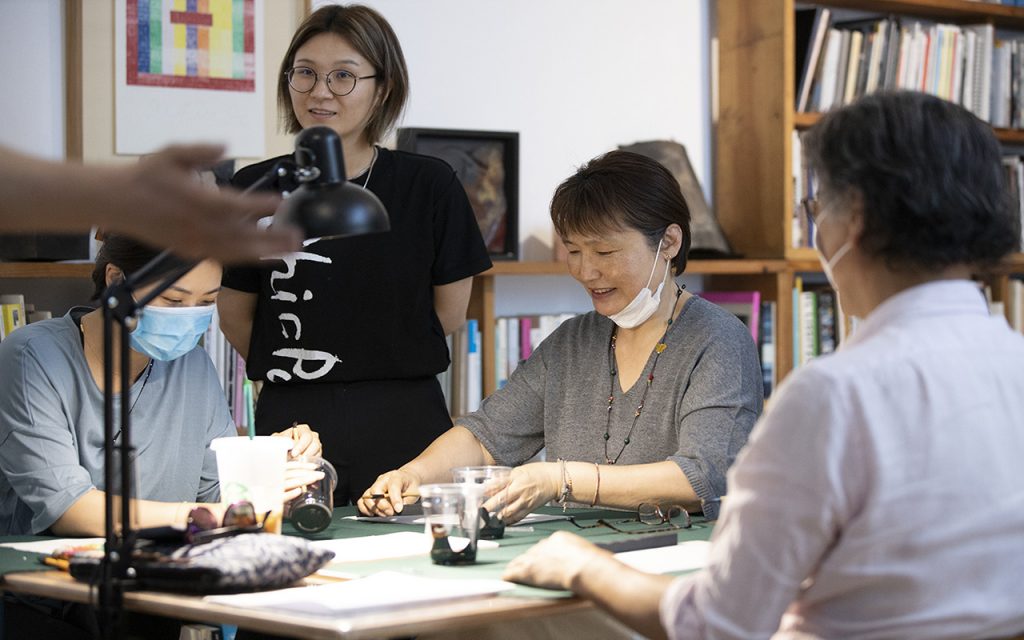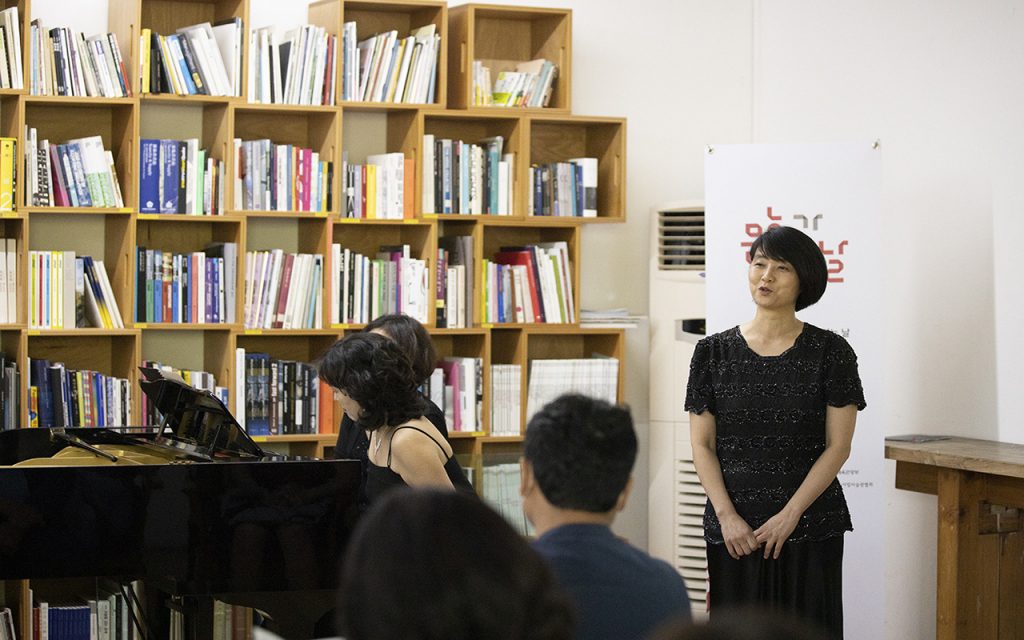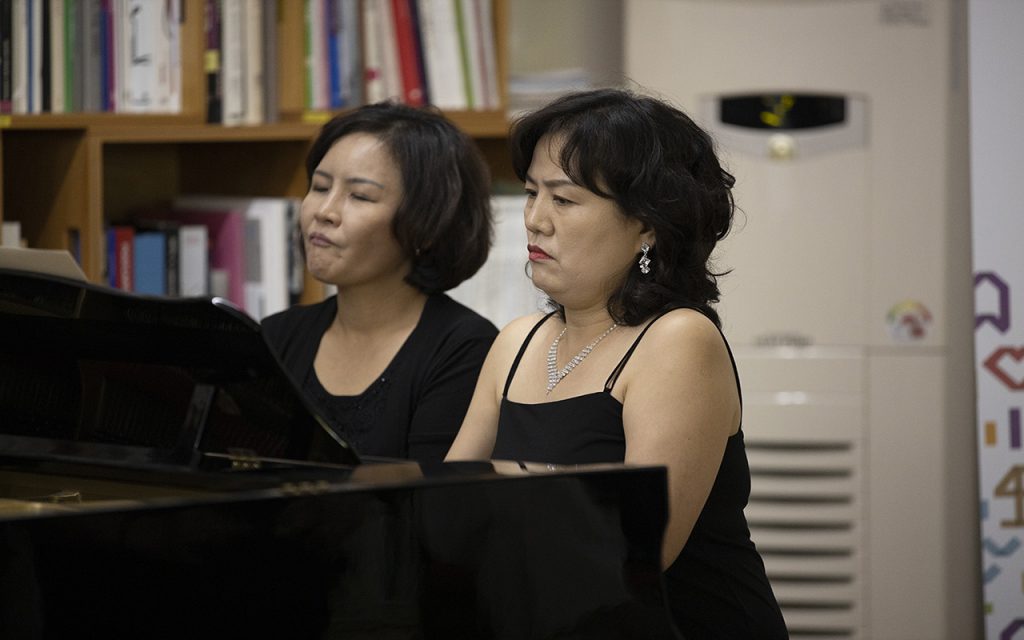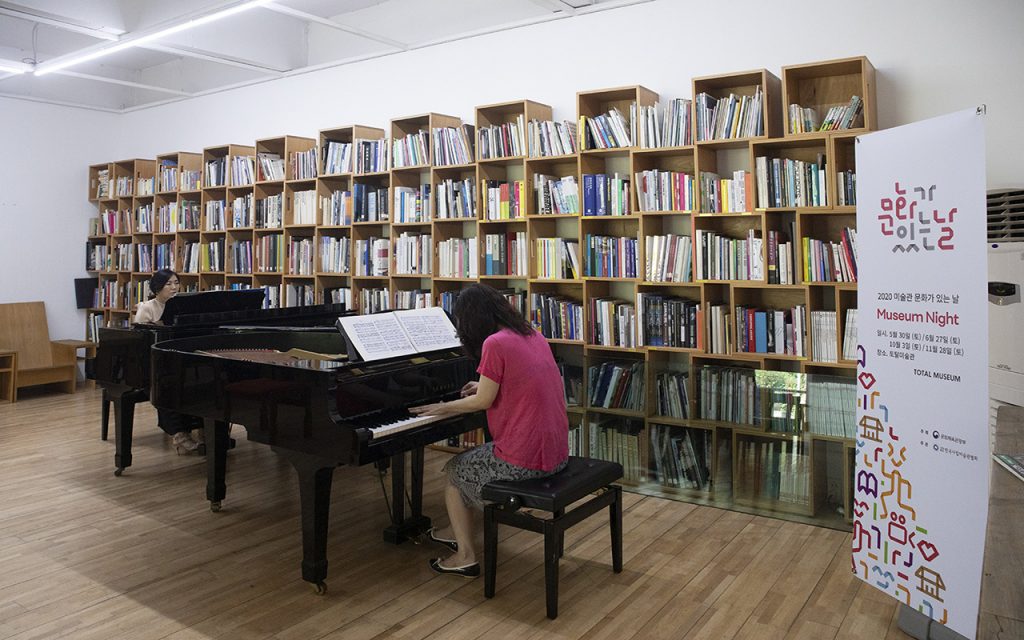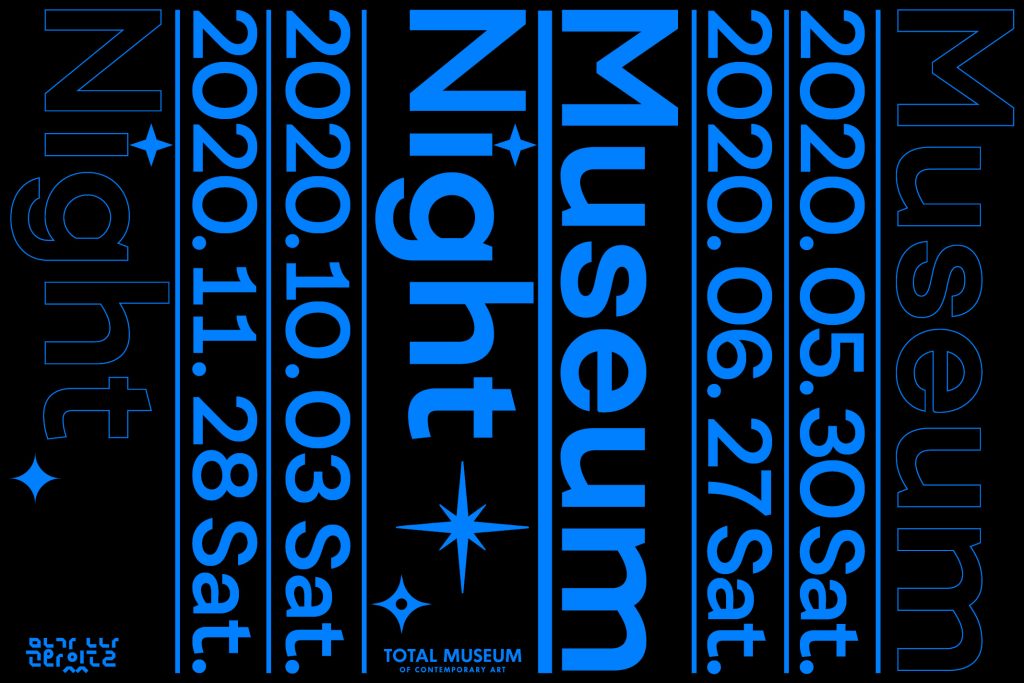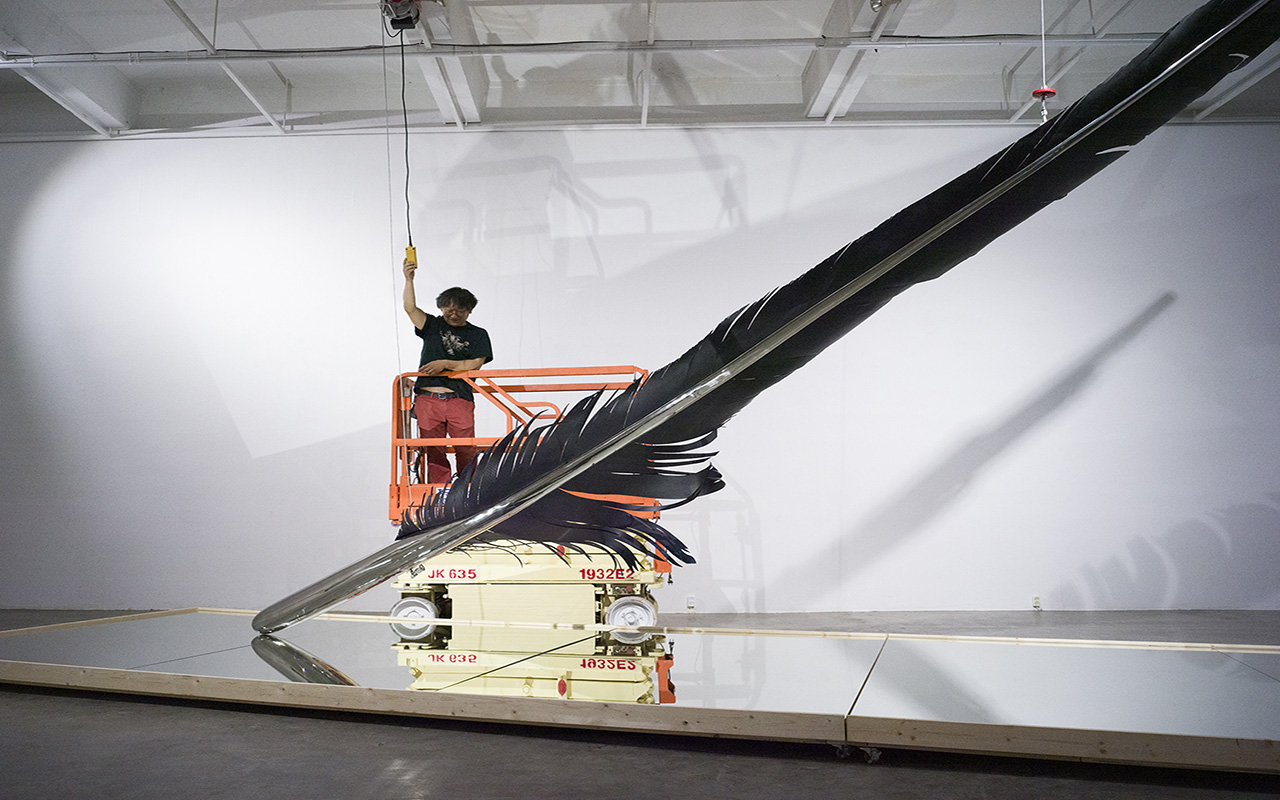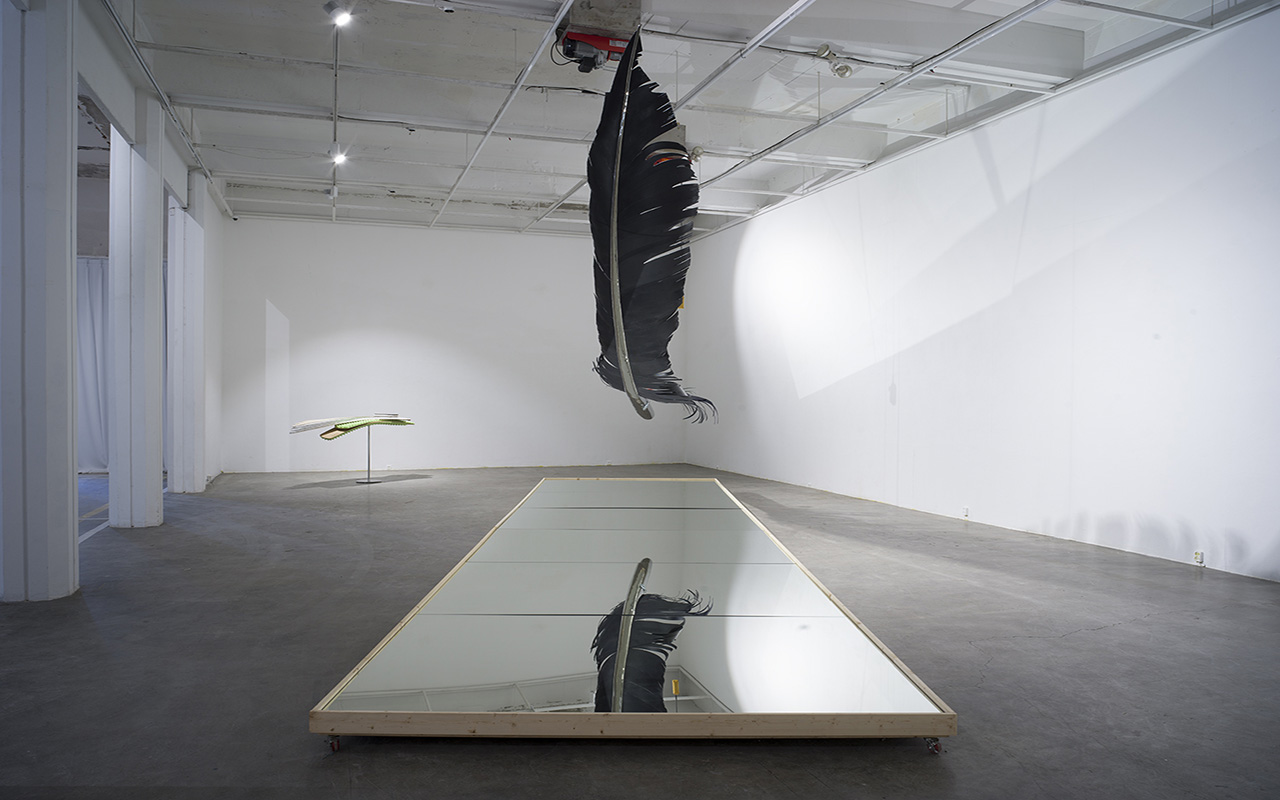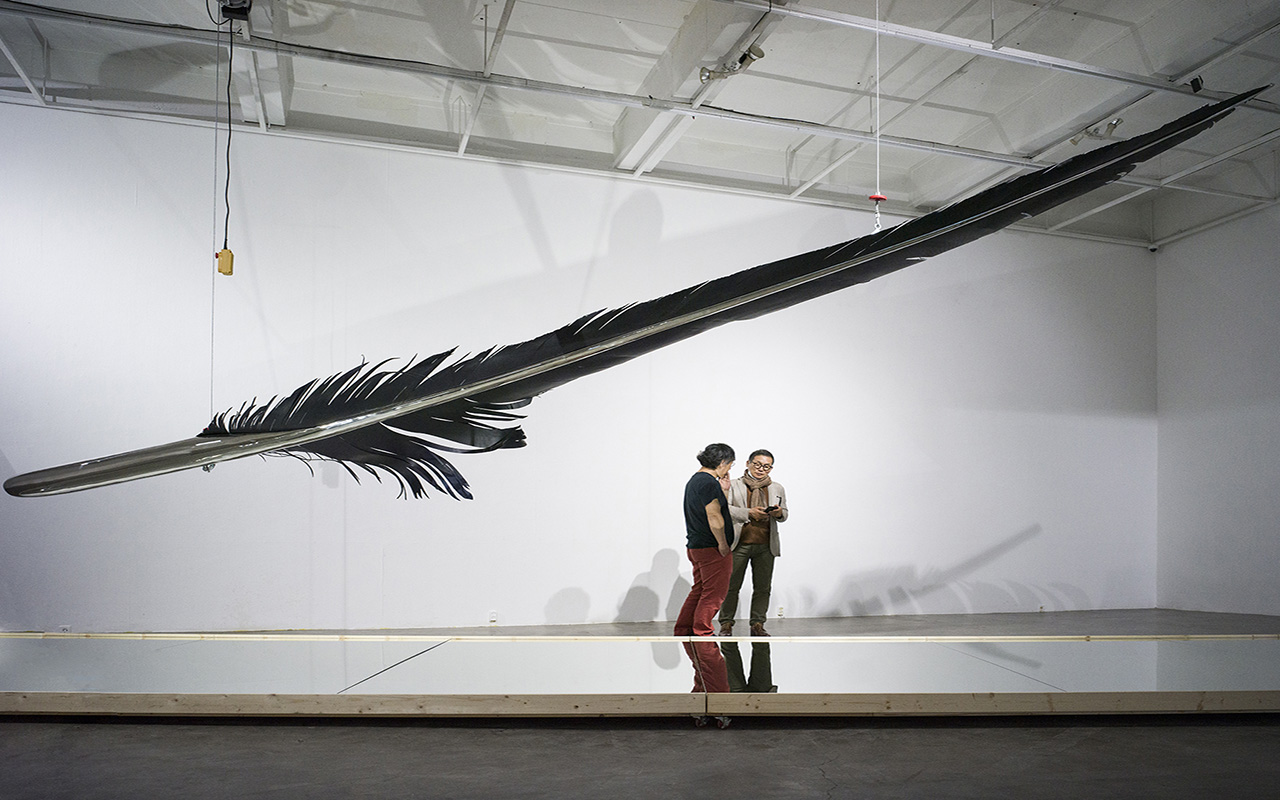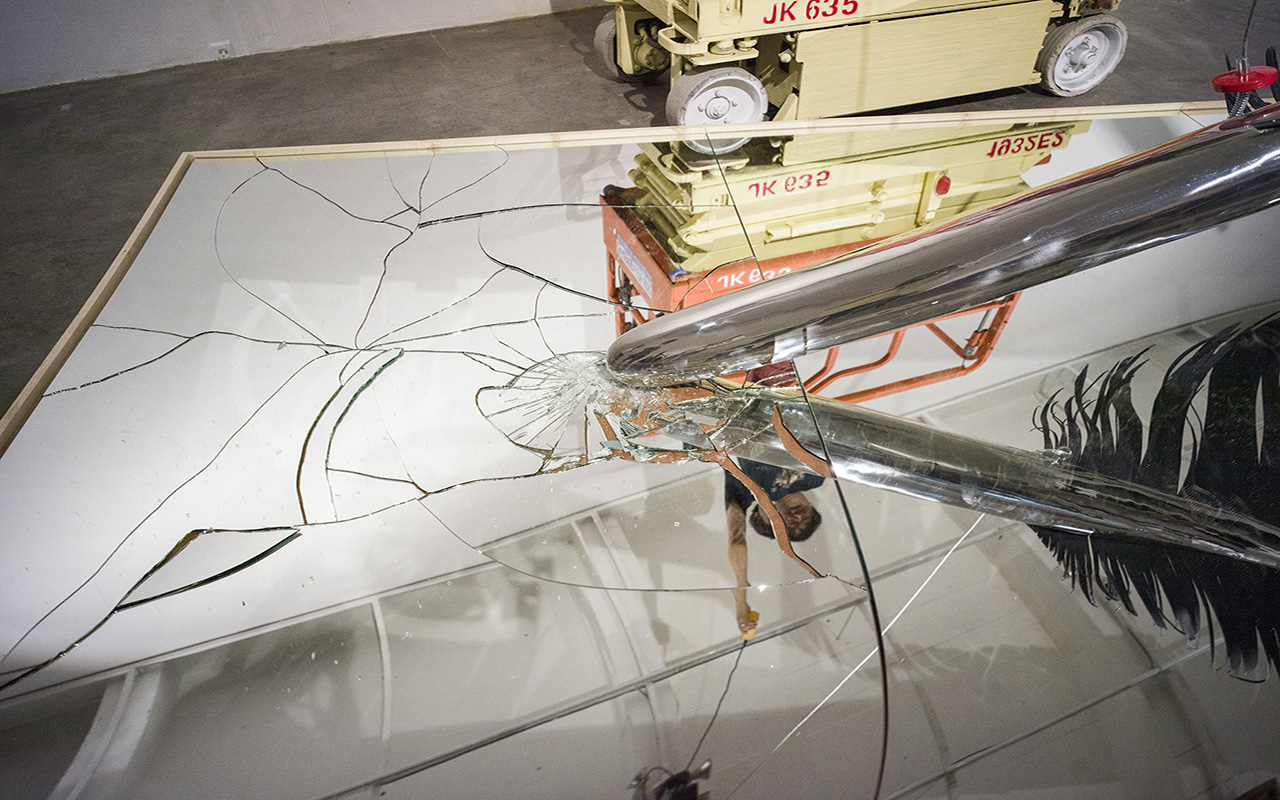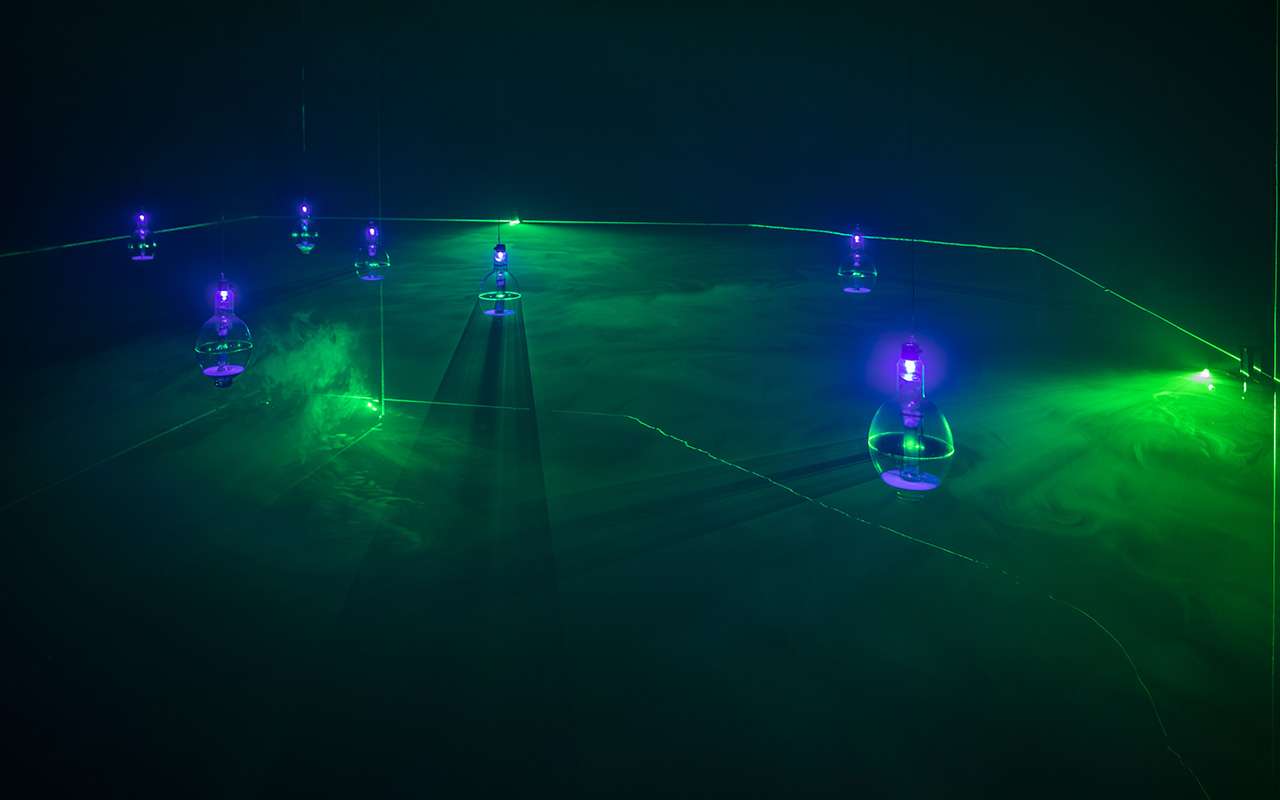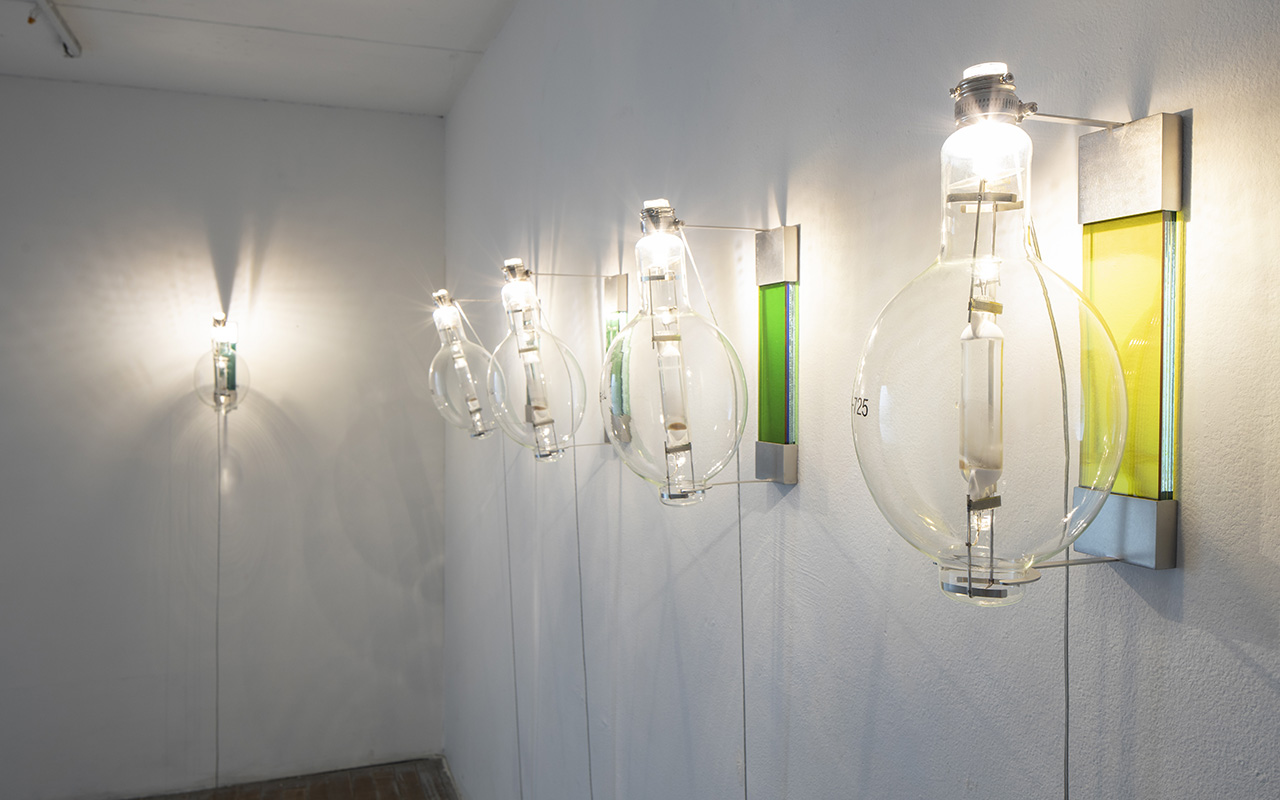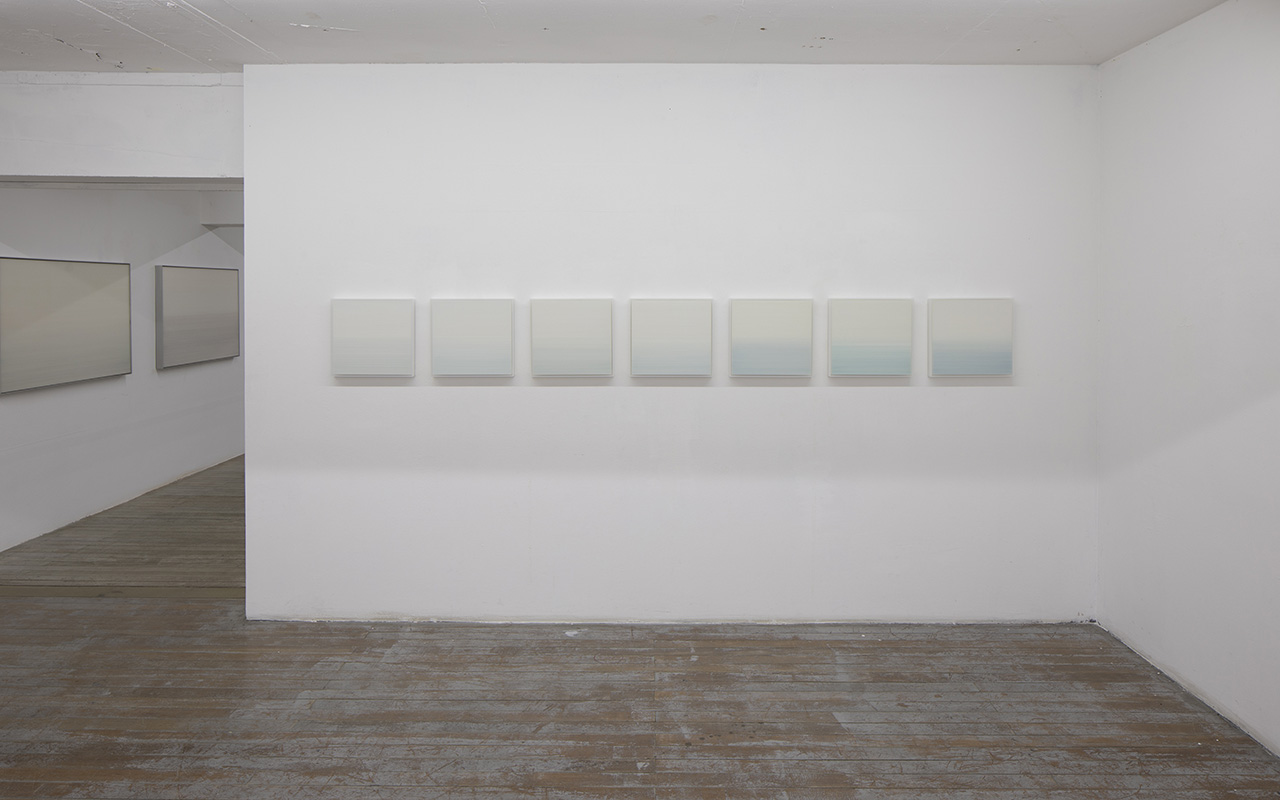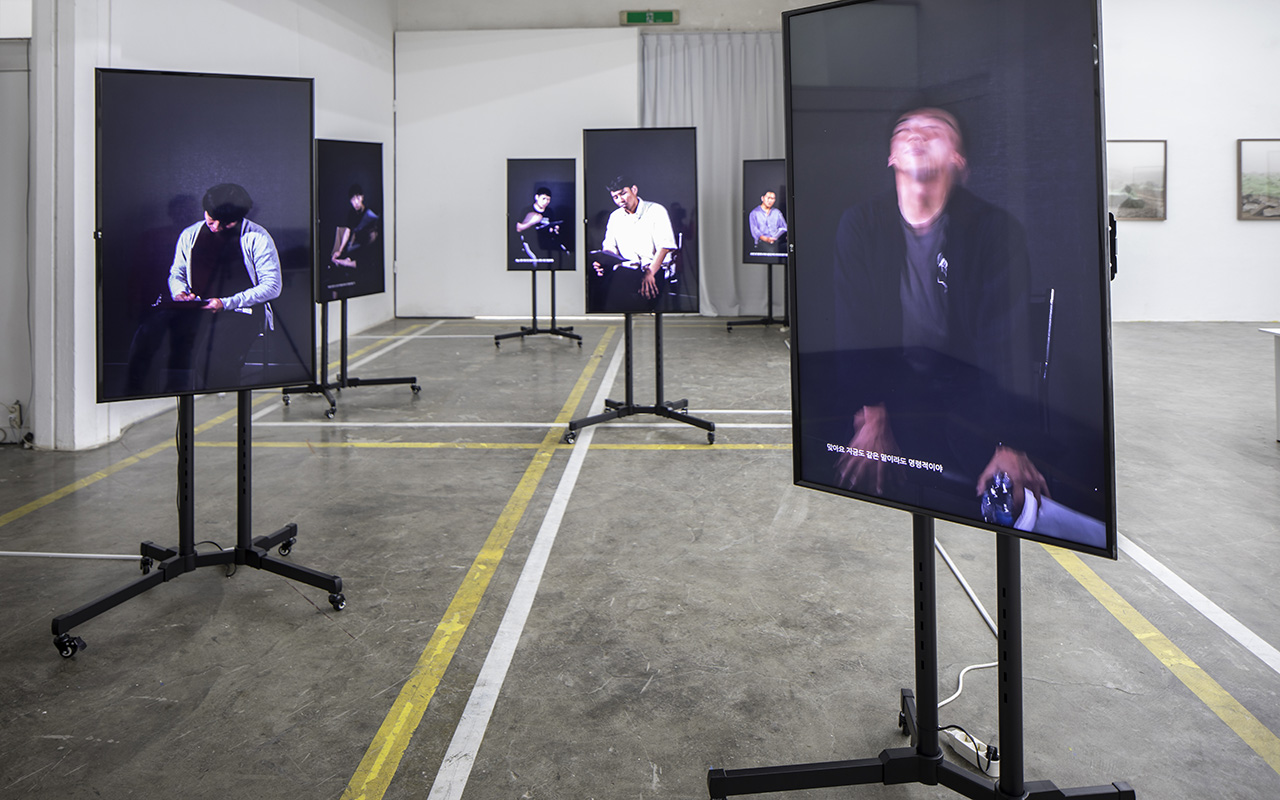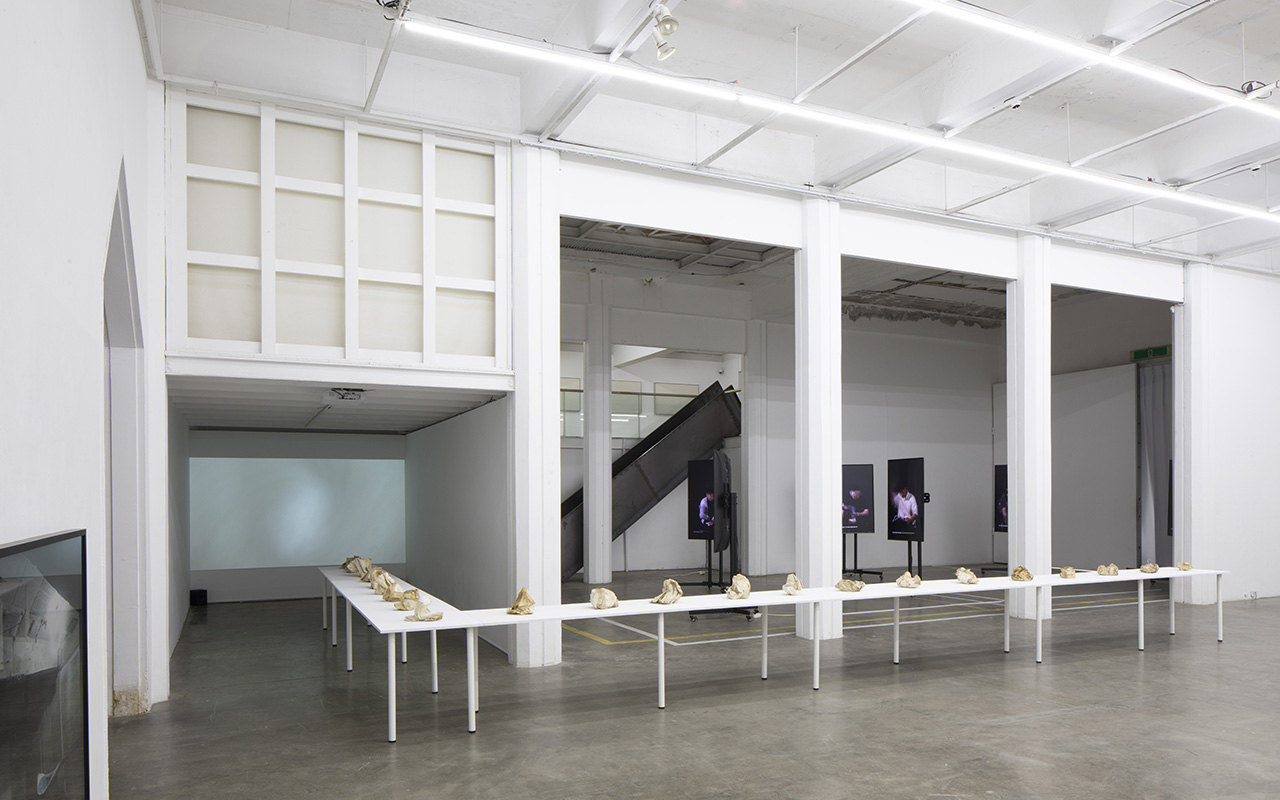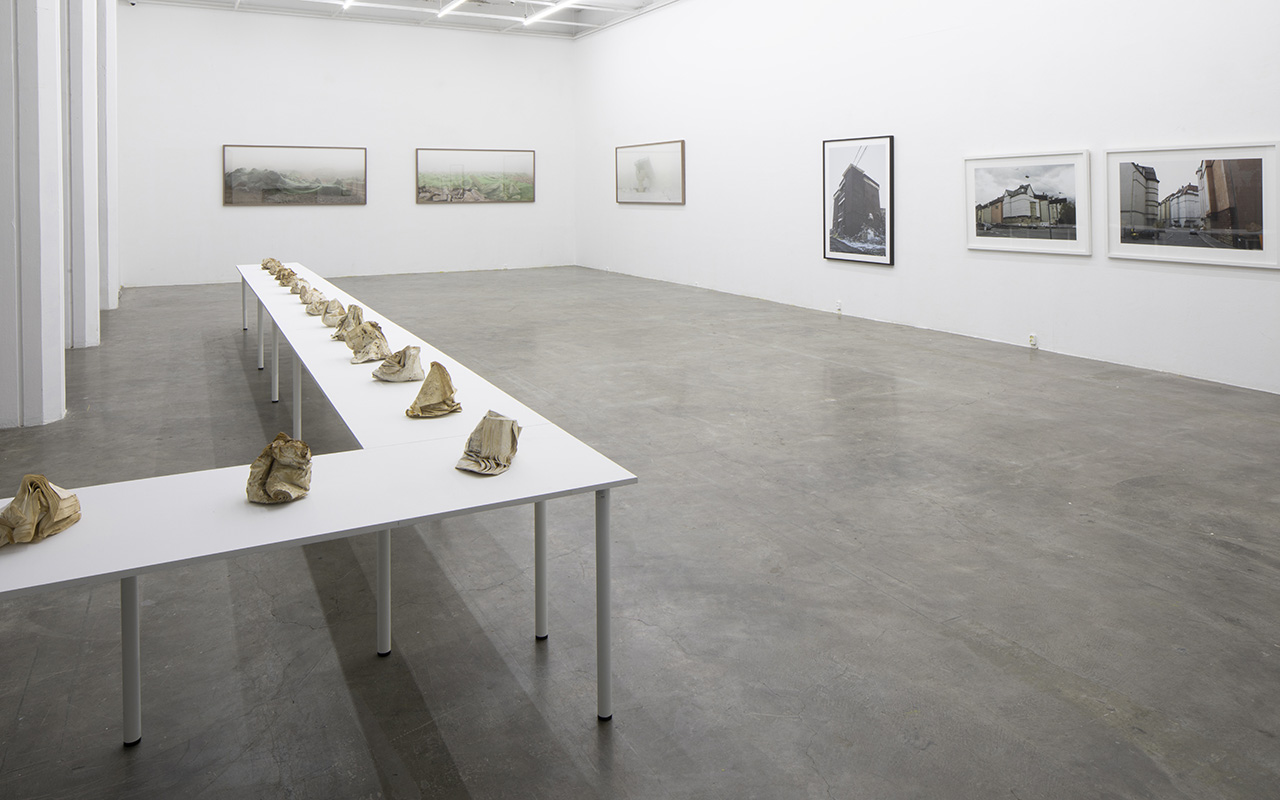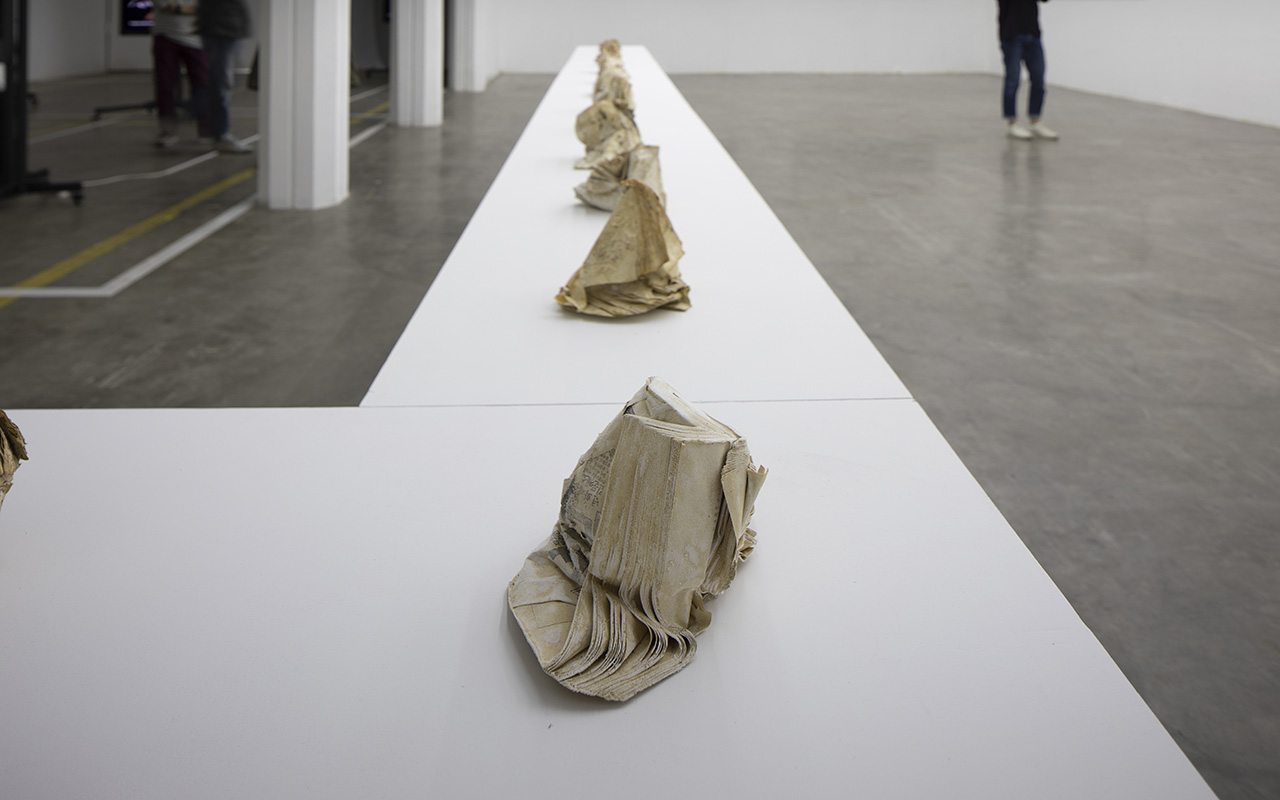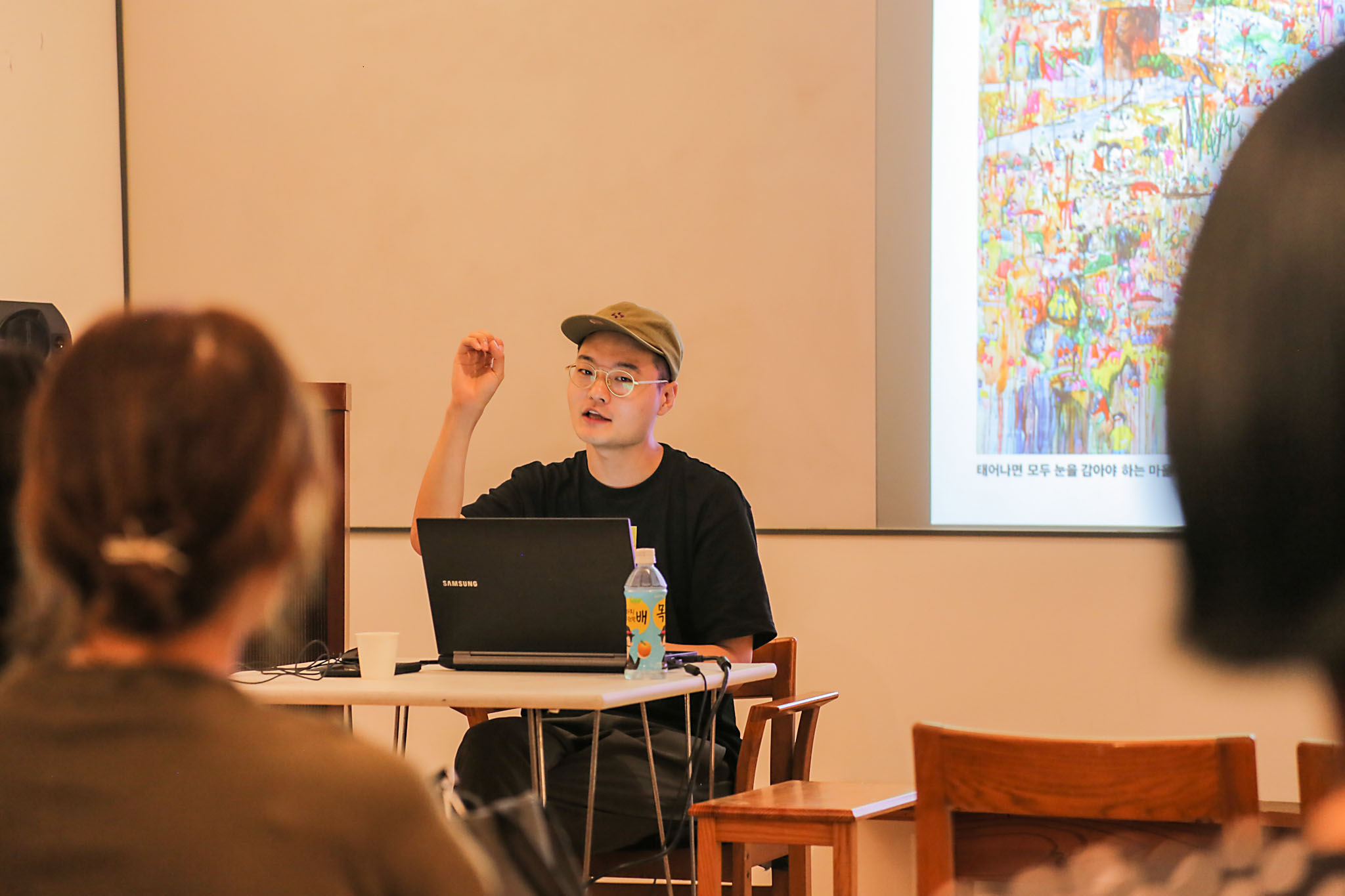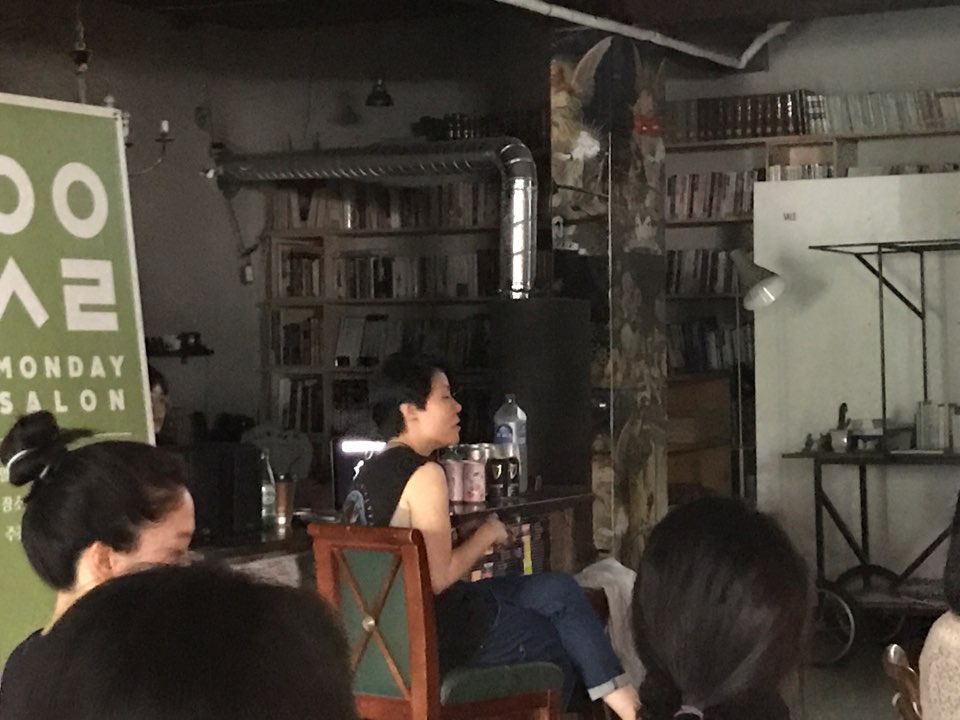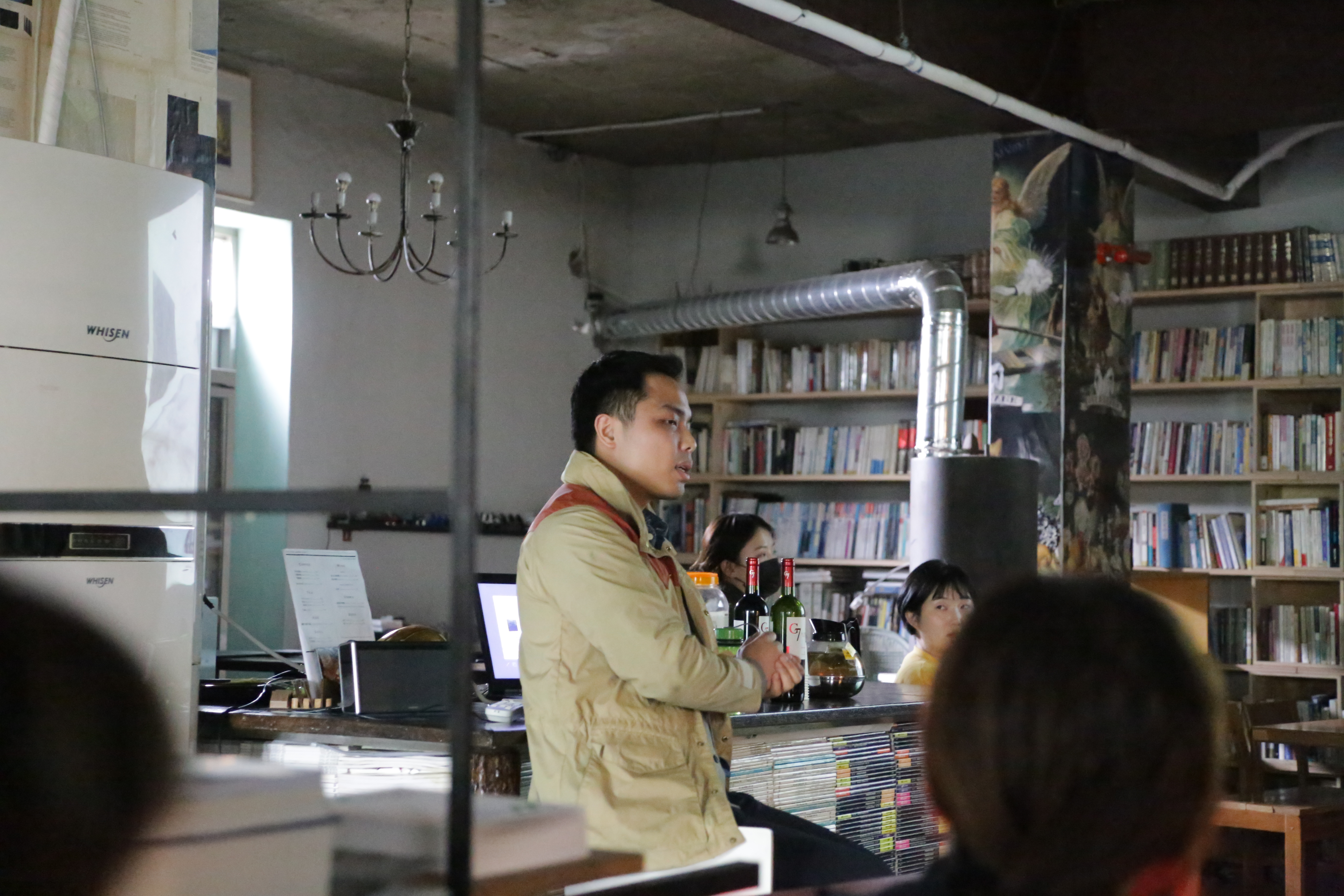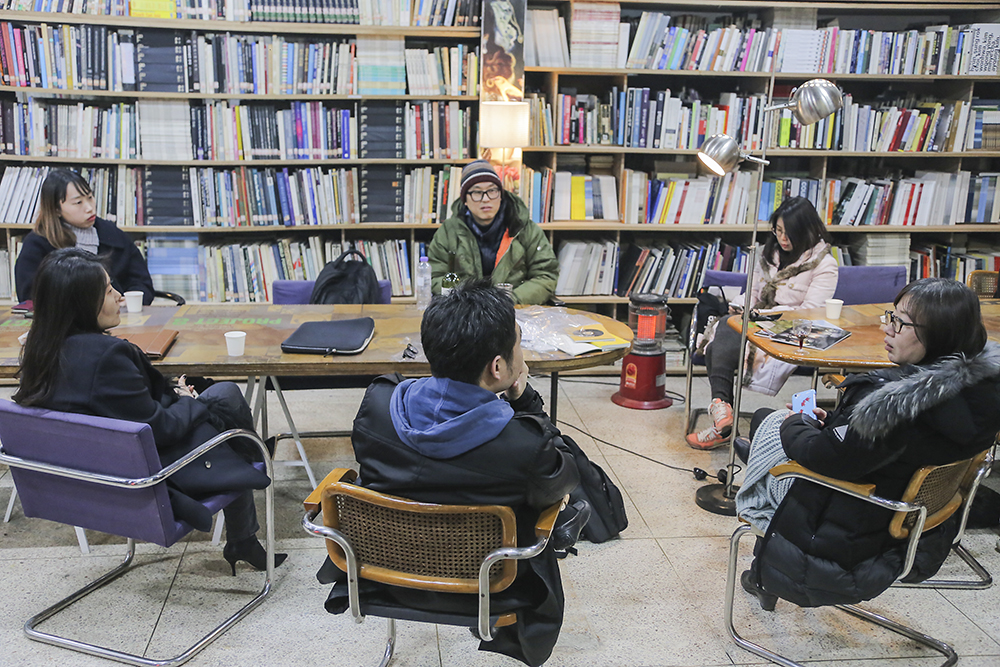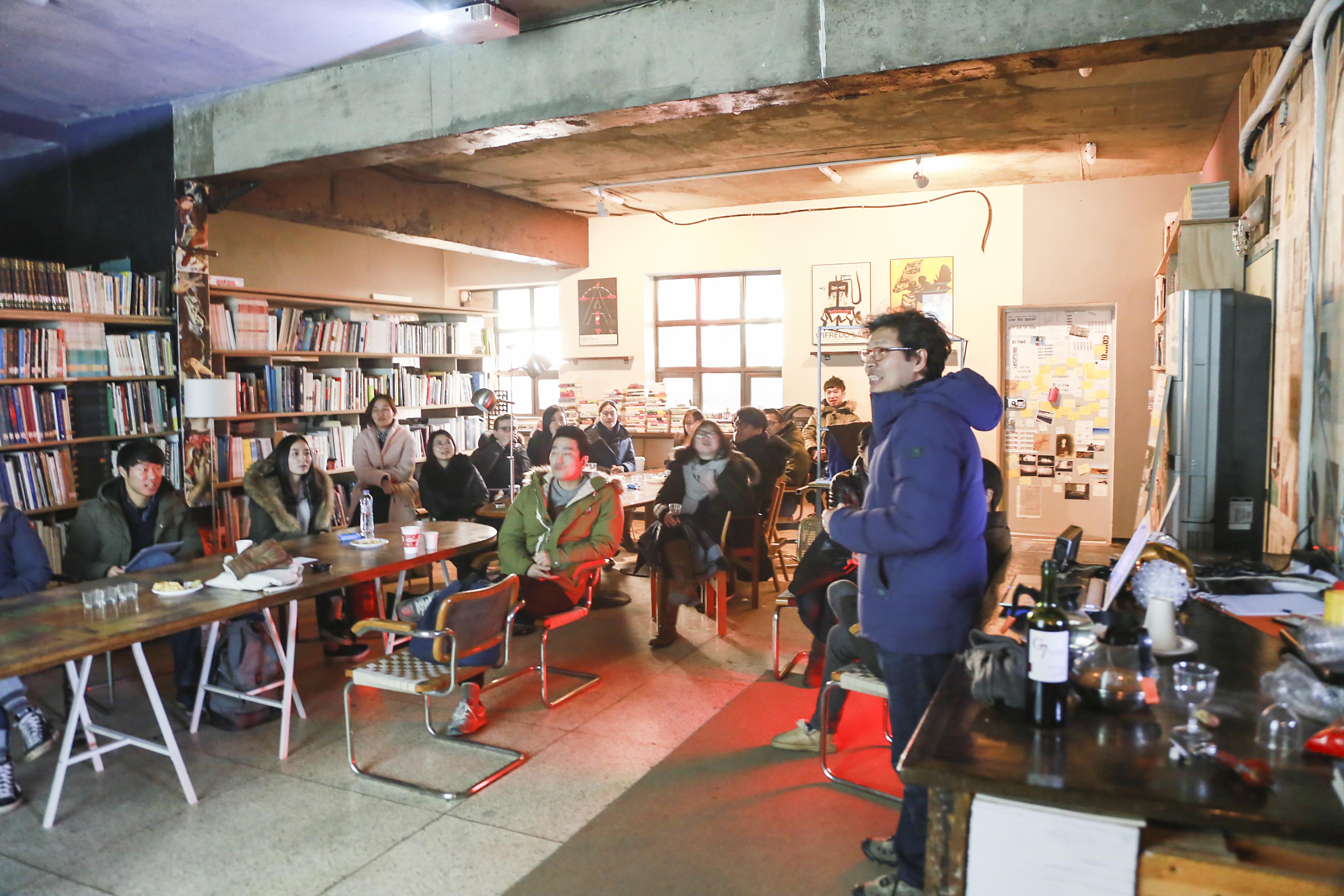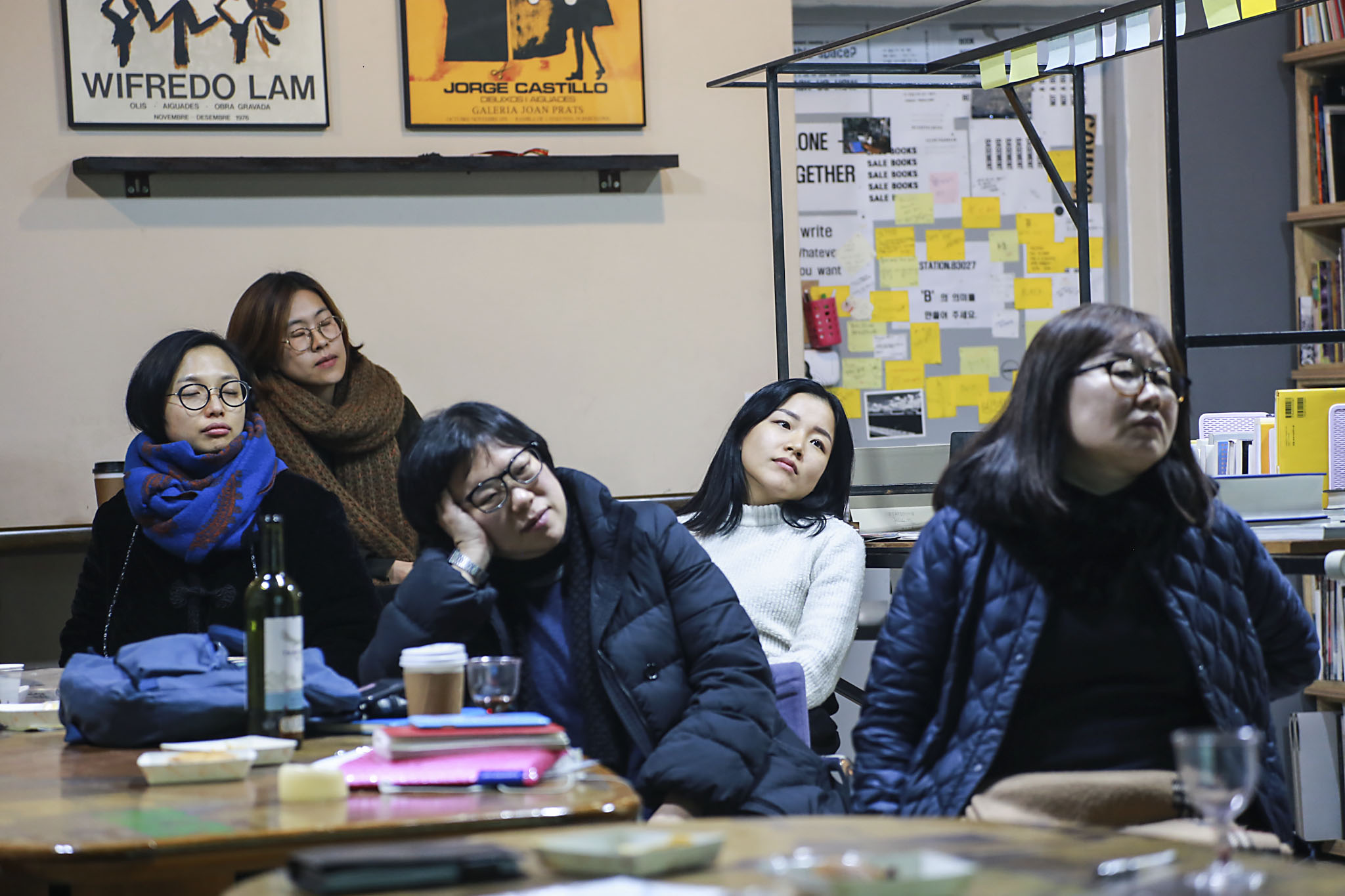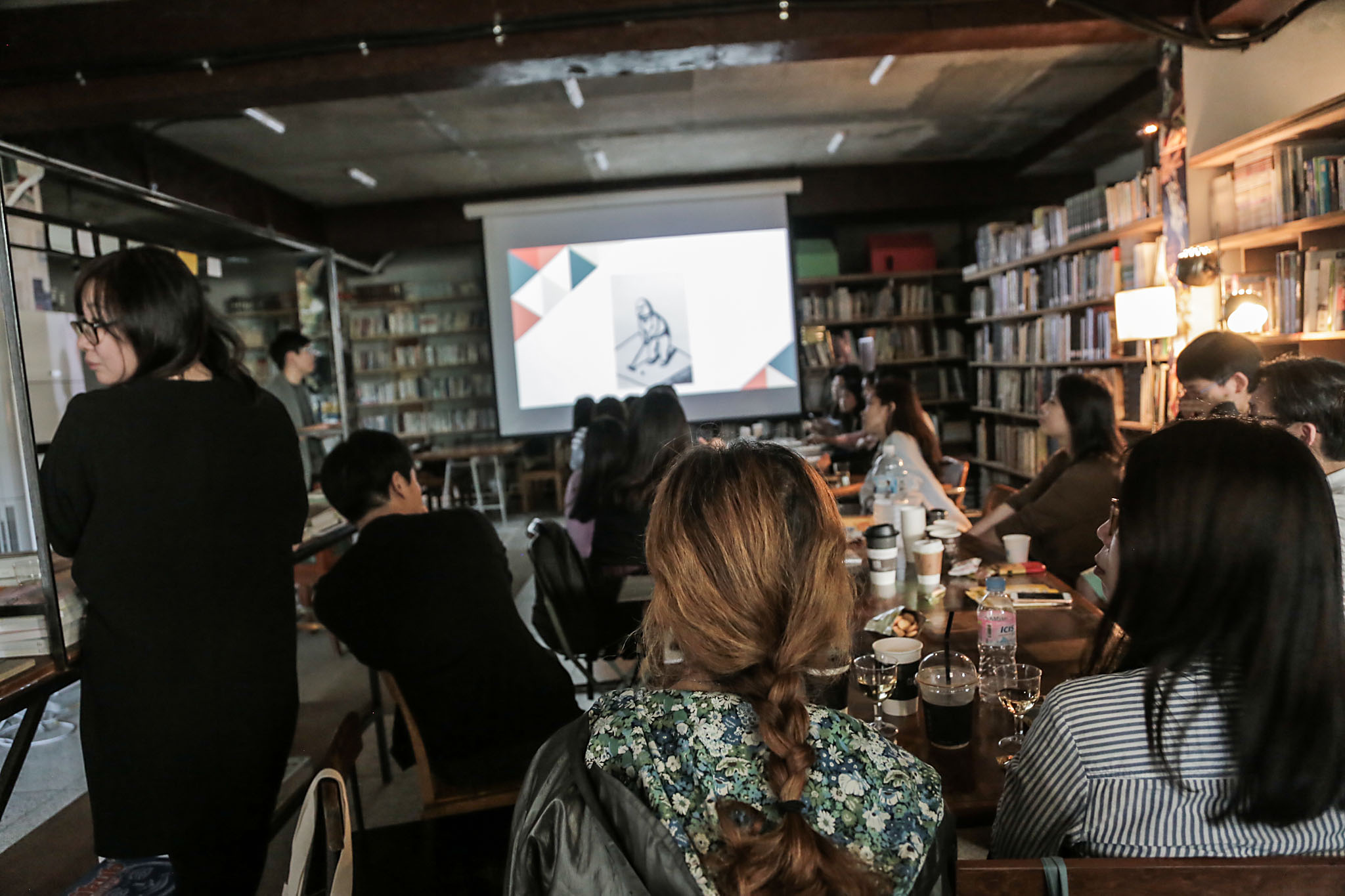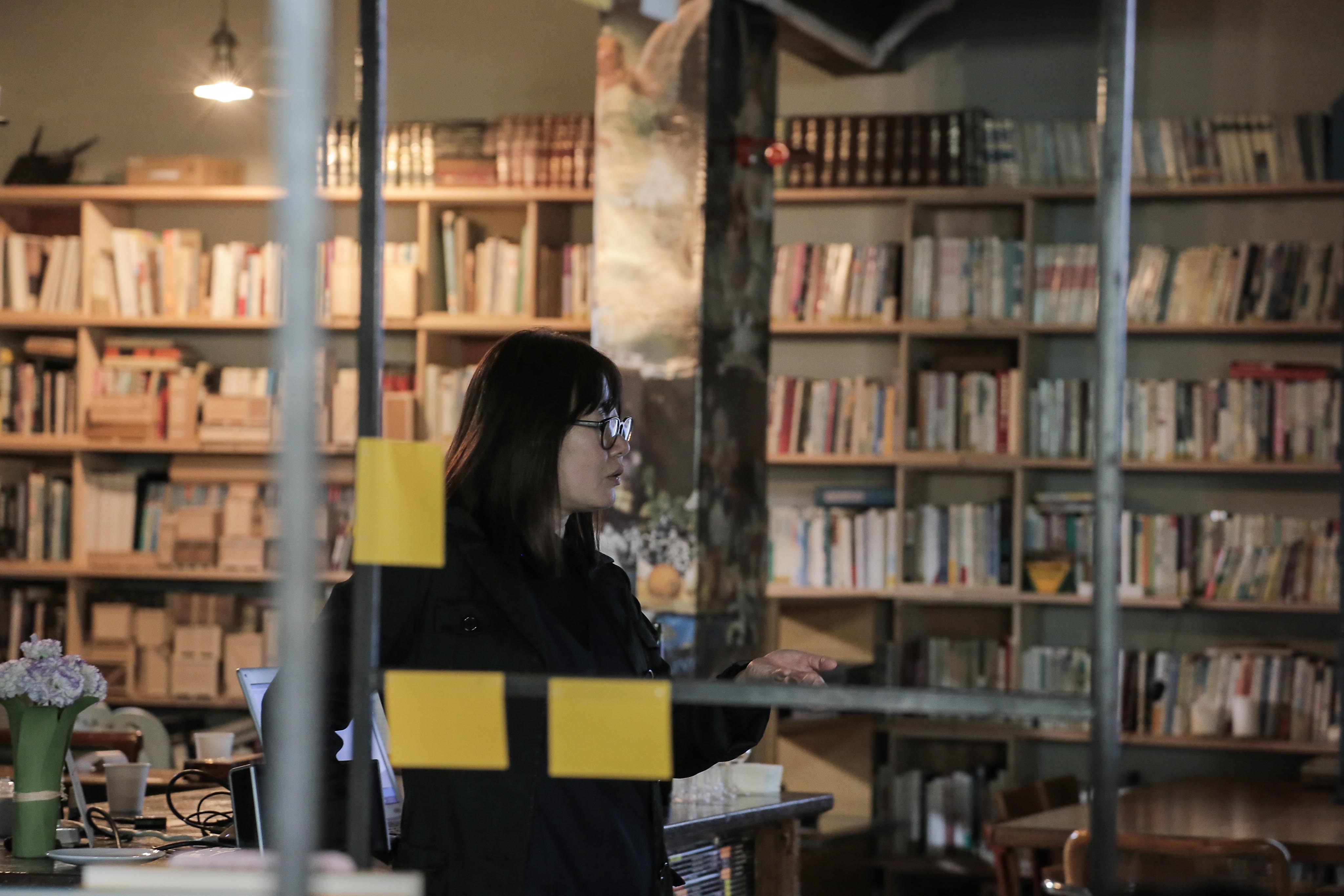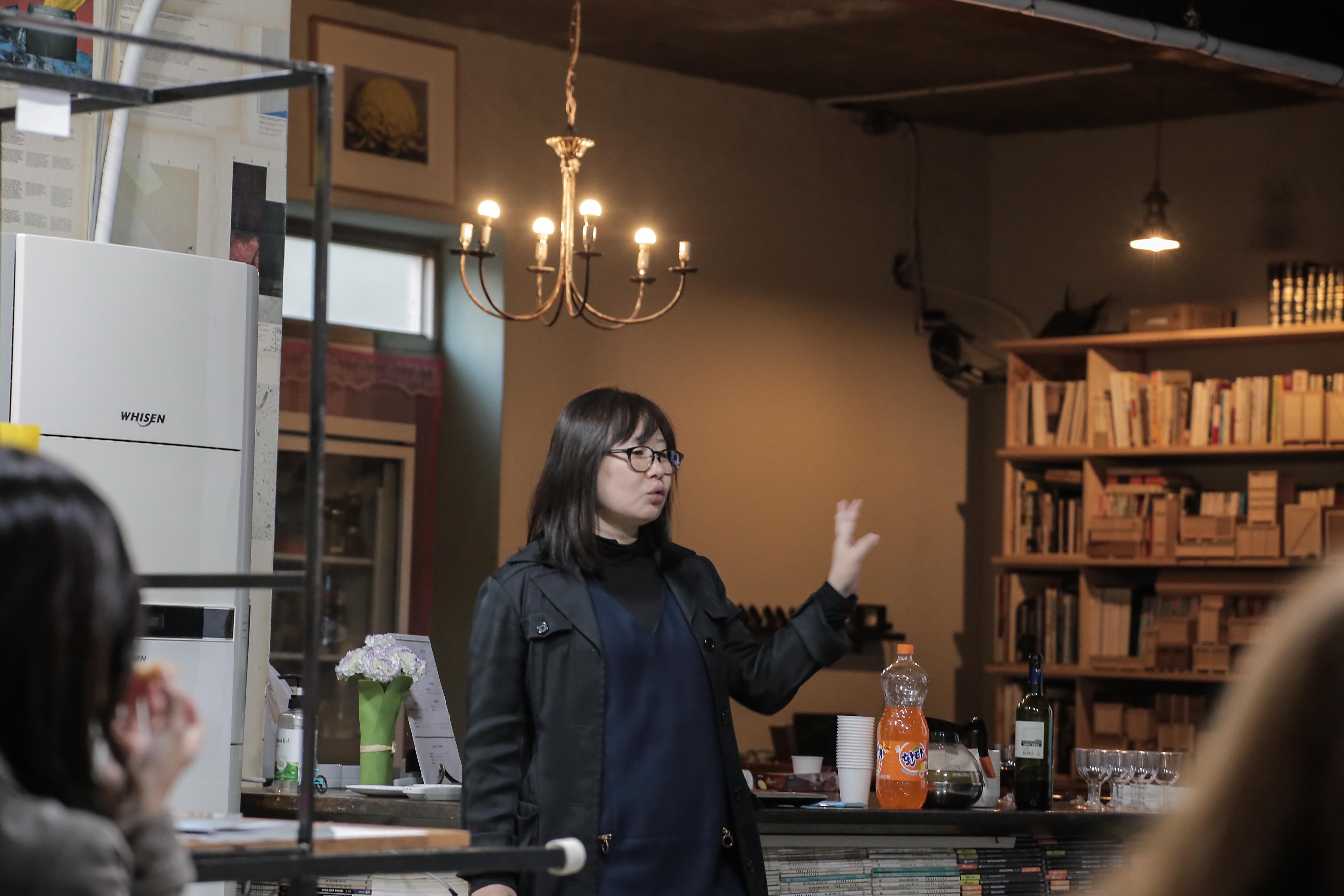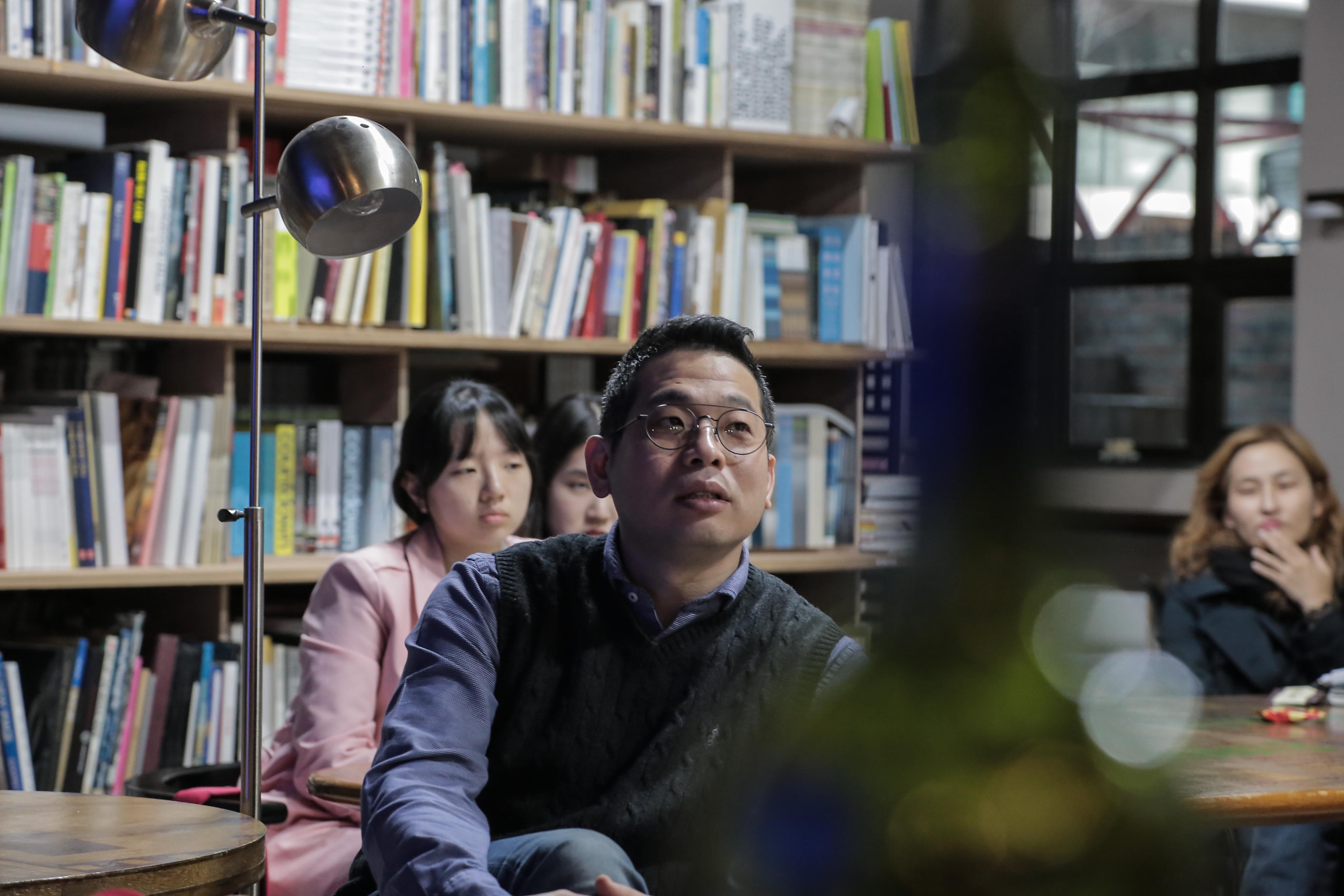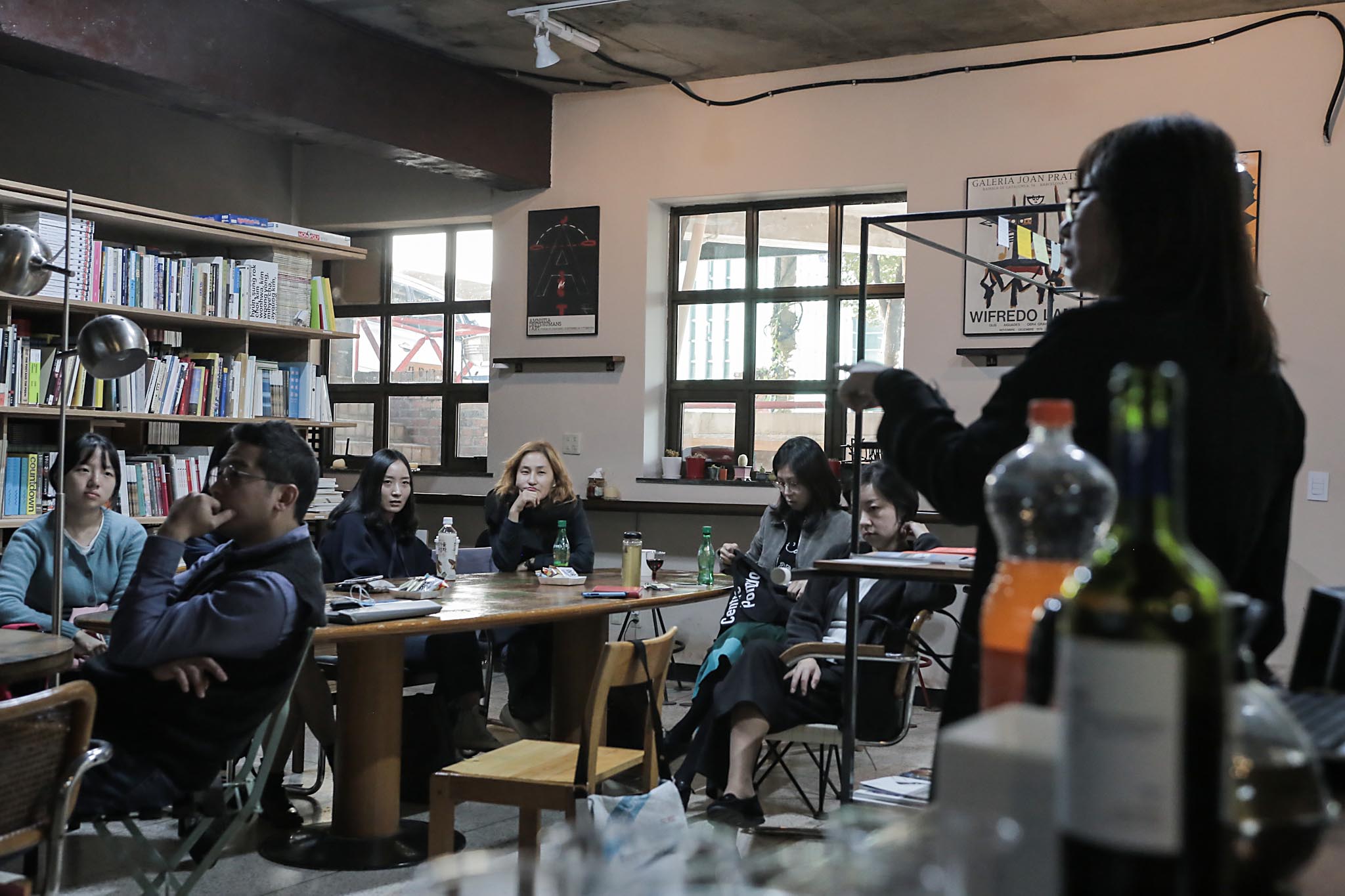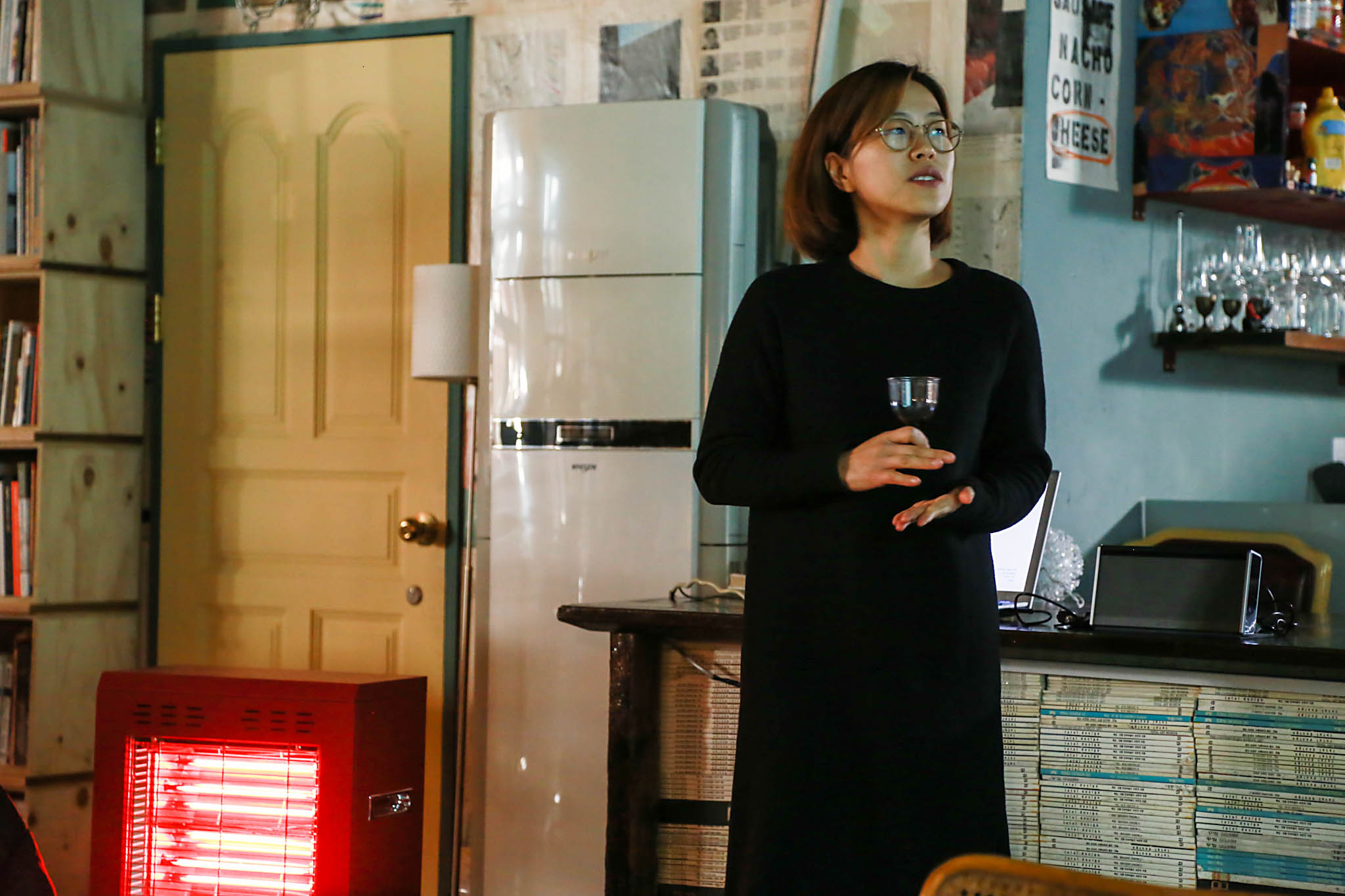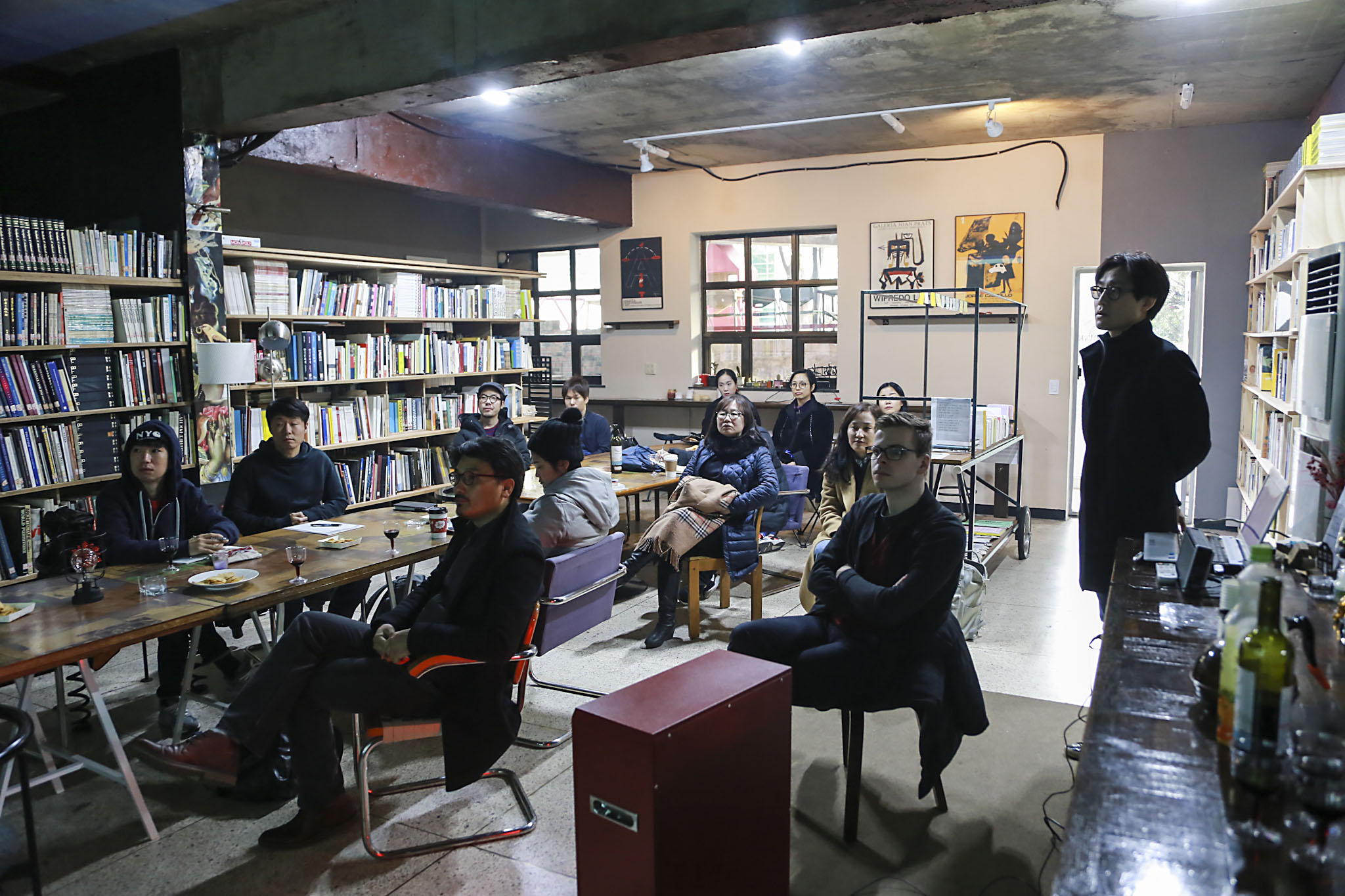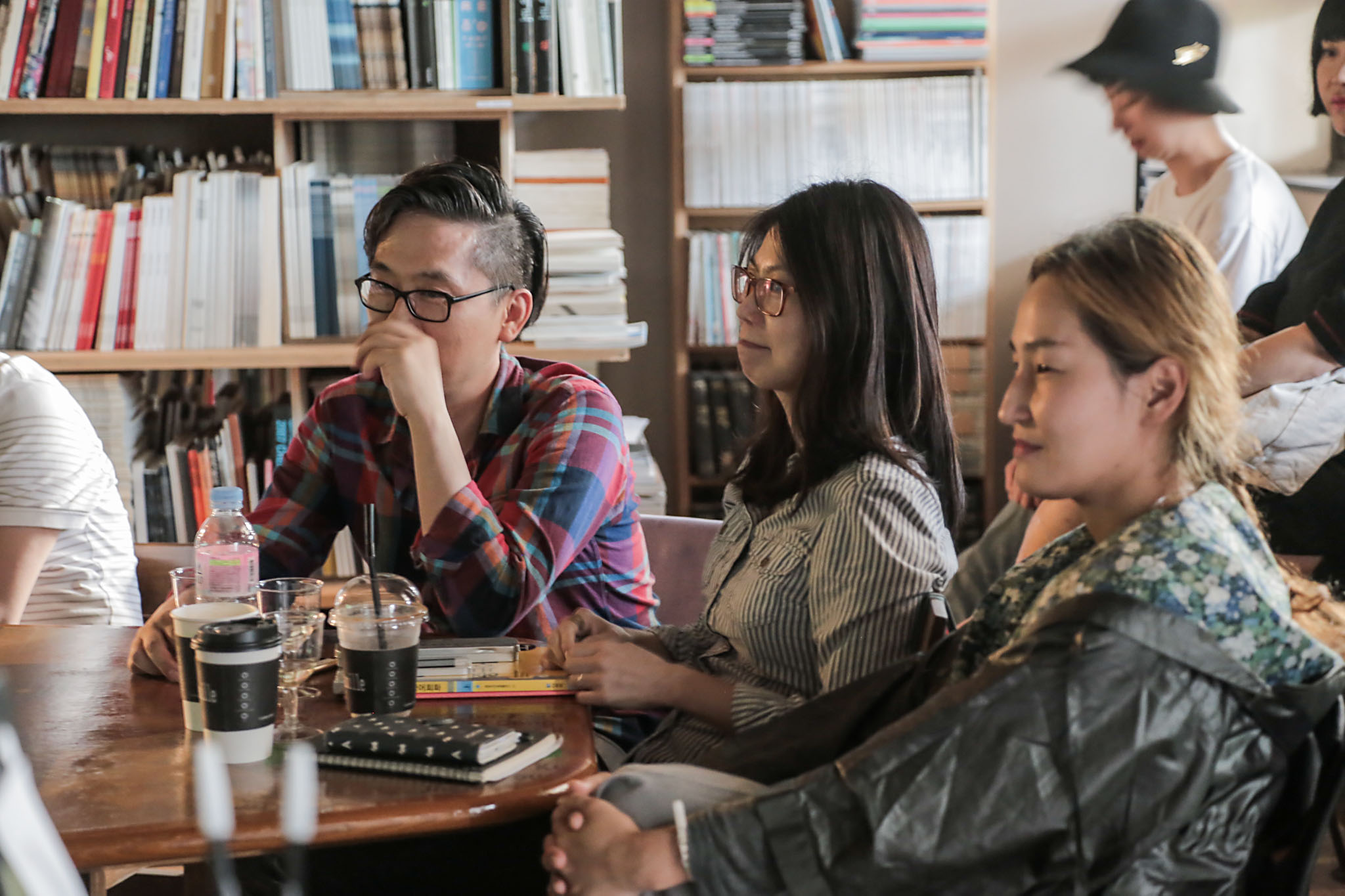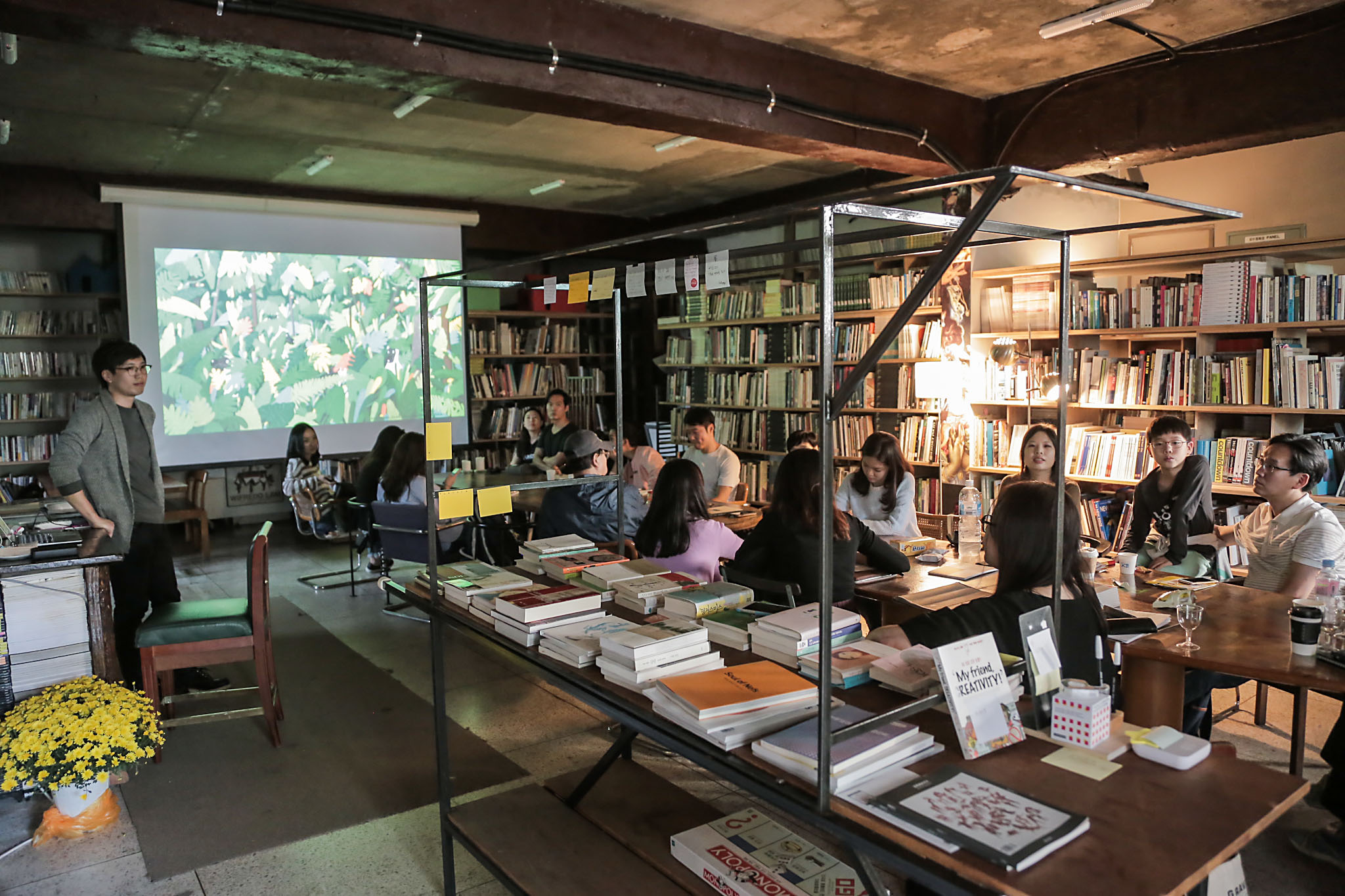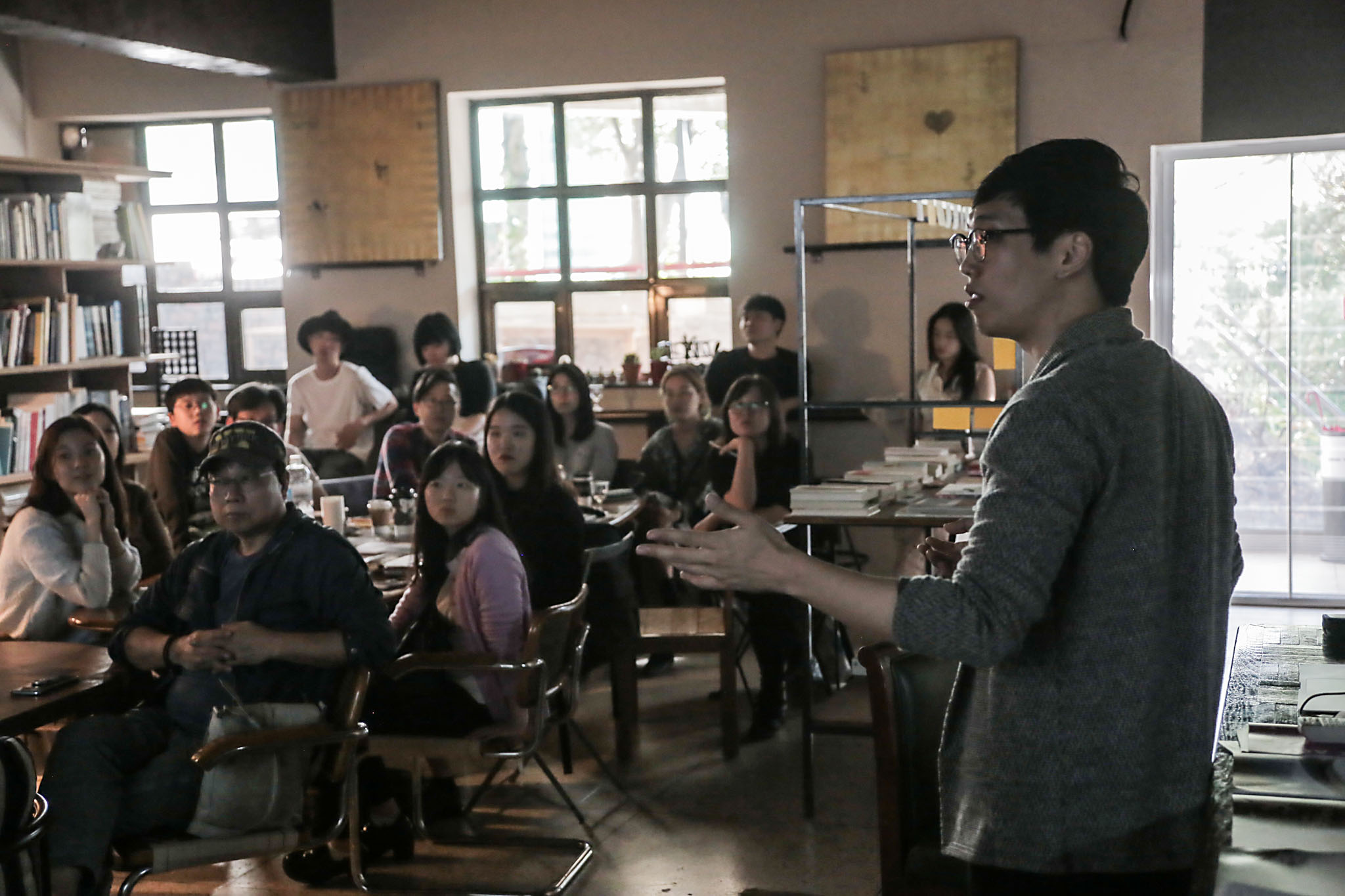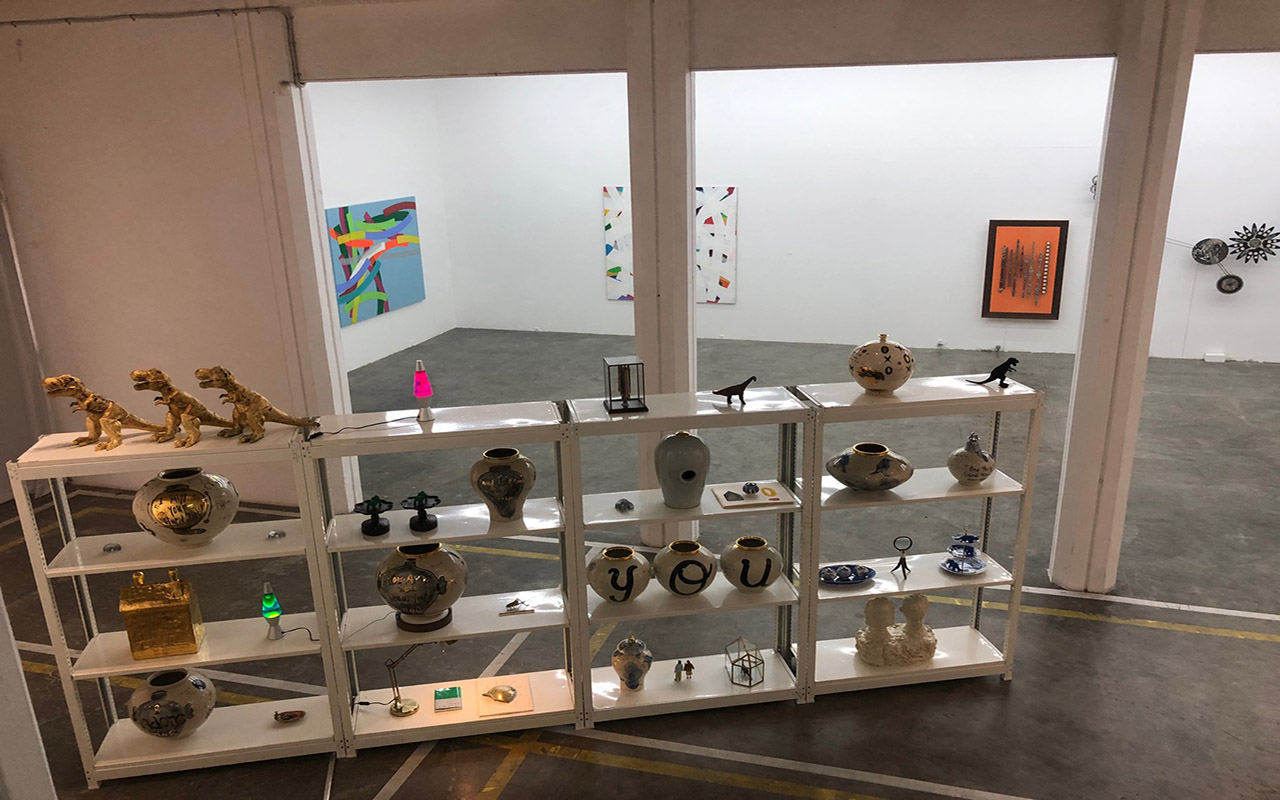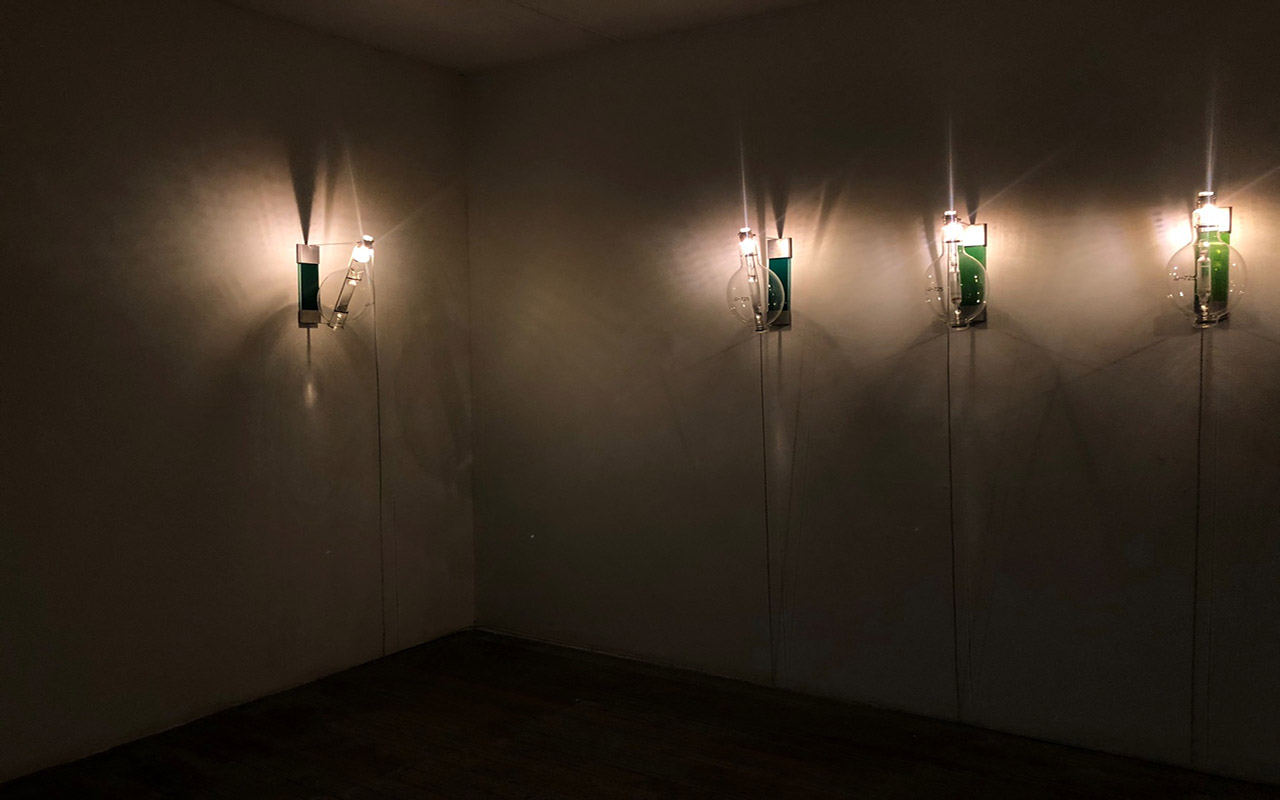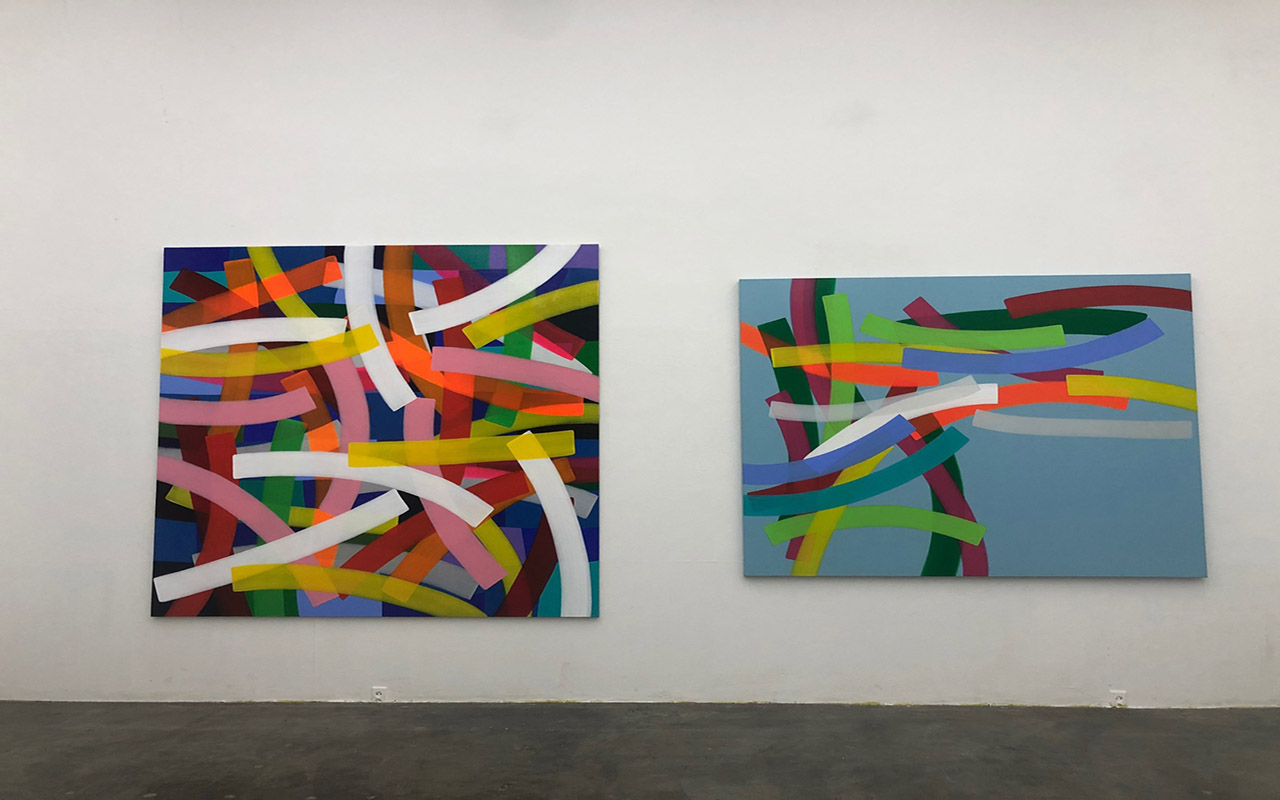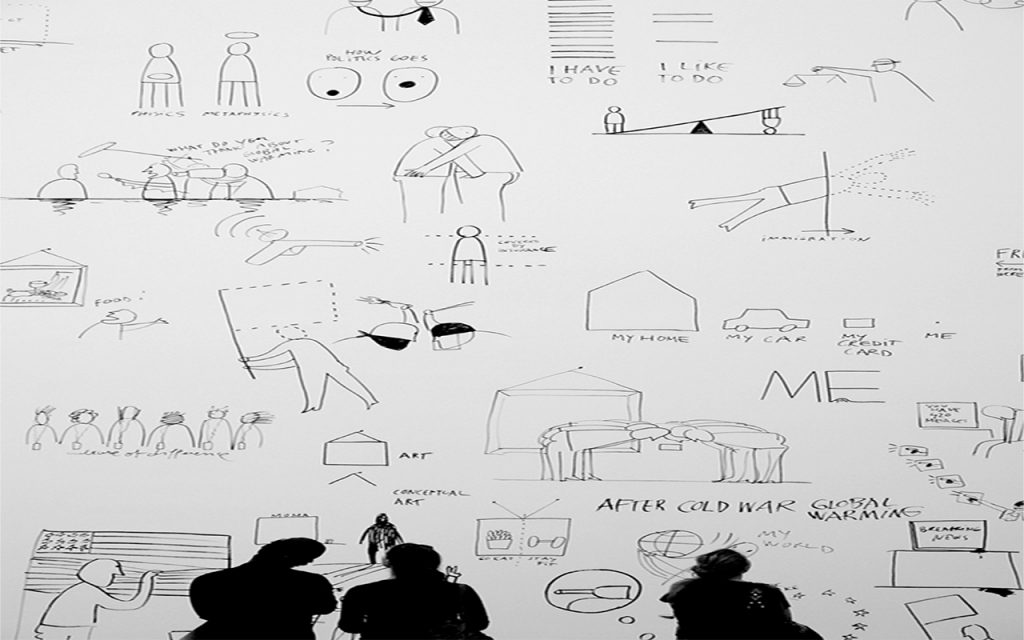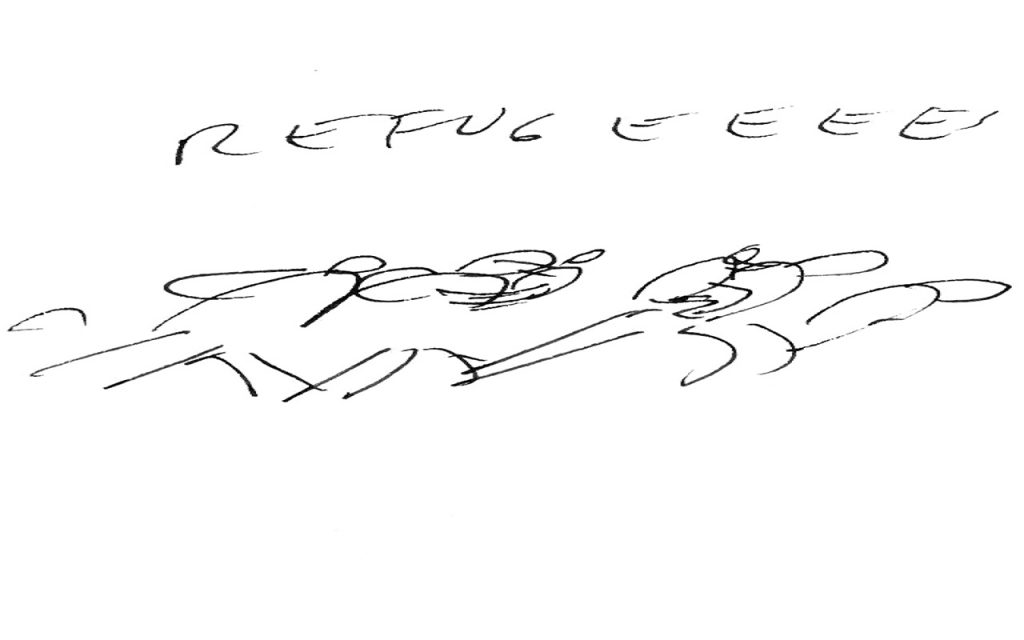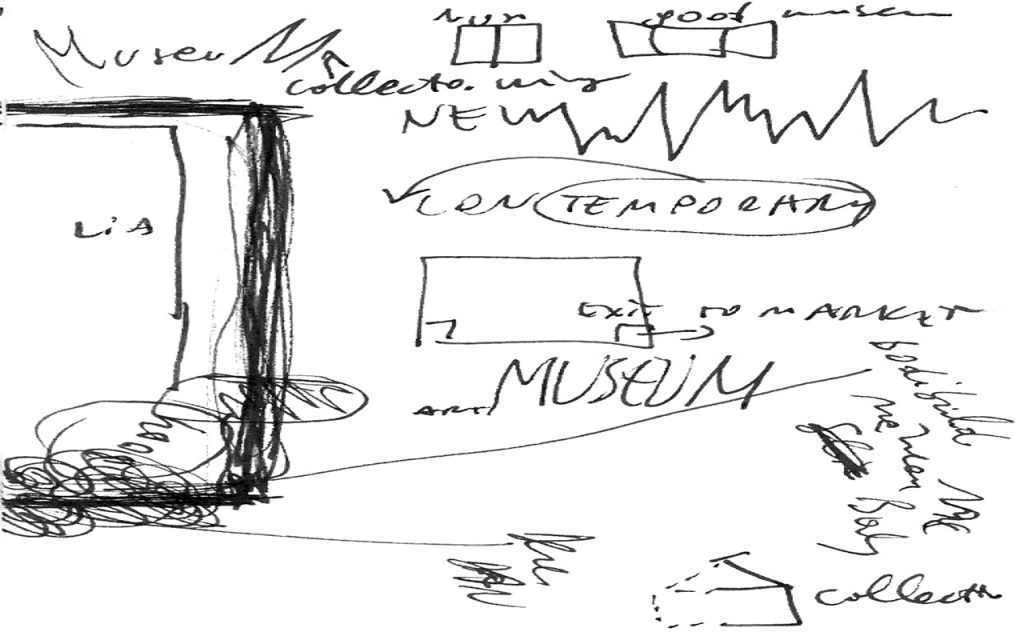2020.06.27 (토) 3-7pm
워크숍 프로그램 3-5pm
이상현: 내 글씨체 만들기 * 선착순 10명
봄의 상큼함이 느껴지는 자신만의
글씨체를 직접 만들고, 엽서를 만들어본다.
뮤지엄 콘서트 프로그램 5 – 7pm
《여름 저녁의 앙상블》* 선착순 20명
조원희, 김유정
W. A. Mozart · E. Grieg: Piano Sonata in C Major K.545 for 2 Pianos
1. Allegro 2. Andante 3. Rondo
볼프강 아마데우스 모차르트/에드바르 그리그: 두 대의 피아노를 위한 다장조 소나타 K. 545
1. 알레그로 2. 안단테 3. 론도
김석희, 배주은, 최형인, 유은숙
Amazing Grace arranged by 김은수
어메이징 그레이스: 김은수 편곡
W. Gillock: Champagne Toccata for 2 Pianos 8 Hands
월리엄 길록: 샴페인 토카타
박혜린, 정현옥
C. W. Gluck: Ballet from Orpheus and Euridice arranged by Anderson & Roe
크리스토프 빌리발트 글룩: 오르페우스와 에우리디케 중 발레 앤더슨 & 로 편곡
W. A. Mozart: “Grand Scherzo” 4th from the Finale to Act 1 of Cosi fan tutte
arranged by Anderson & Roe
볼프강 아마데우스 모차르트: 오페라 코지 판 뚜테 1막 피날레 “그랜드 스케르쵸” 중 4악장 앤더슨 & 로 편곡
김성은, 김주영
C. Guastavino: Tres Romance Argentinos
1. Las ninas de Santa Fe
카를로스 구아스타비노: 세 개의 아르헨티나 연가
1. 산타페의 소녀들
박소영, 김혜지
W. Bolcom: Garden of the Eden, four rags for 2 Pianos 1. Old Adam 3. The Serpent’s Kiss
윌리엄 볼컴: “에덴의 동산” 중 1. 그 옛날의 아담 3. 뱀의 키스
황인교, 정민관
C. Saint-Saens: “Dance macabre” for 2 Pianos, Op.40
카미유 생상스: “죽음의 무도” Op. 40
임가인 Violin, 임호열 Piano
J. Brahms: Violin Sonata No.3 in d minor Op. 108
1. Allegro 4. Presto agitato
요하네스 브람스: 바이올린 소나타 3번 라단조 Op. 108
1. 빠르게 4. 매우 빠르고 격하게
심윤선, 성경현
G. Gershwin: Cuban Overture
죠지 거쉰: 쿠바 서곡
김순배, 김주영
P. Glass: Four Movements for 2 Pianos 1 & 4 Mov.
필립 글라스: 두 대의 피아노를 위한 4개의 악장 중 1 & 4악장
후원: 사립미술관협회
*뮤지엄 콘서트는 SNS 실시간 스트리밍 예정입니다.
*코로나 19 재확산을 예방하고자 마스크 없이는 프로그램 참여가 불가하며, 방문시 문진표 작성과 체온 측정 절차가 있습니다.
*사전신청은 전화예약으로 인원수 한정 예약제로 운영됩니다.
*문의 02-379-7037/3994
워크숍 강사:이상현
원광대학교와 성균관대학교에서 서예학을 전공하고, 1999년부터 캘리그라피 대중 예술작가로 활동하기 시작했다. 한국 캘리그라피 문화의 개척자라는 이름으로 여러 언론을 통해 알려져 있으며, 전통서예를 대중예술로 승화시킨 작가이다.
연주자 소개:
조원희
독일 뷔르츠부르크국립음대 디플롬 및 전문연주자과정(Konzertdiplom) 졸업독일 뉘른베르그국립음대 최고연주자과정(Meisterklassendiplom) 졸업
현재 나사렛대 겸임교수, 선화예고 출강
김유정
독일 뷔르츠부르크 음악대학 Konzert-Diplom 졸업
독일 자부뤼켄, 뷔르츠부르크 Bach-Interpretationen수료
김석희
독일 Heidelberg Musikhochschule fur kirchenmusik 전문연주자 과정 졸업.현 한국 피아노학회 국제교류분과 연구위원
강남대학교 콘서바토리 음악학과 겸임교수
배주은
이화여대 음악대학 피아노과 학사 및 석사
Body Mapping Trainee과정 수료
현 바디맵핑 강사
최형인
파리 에꼴노르말 음악원 디플롬취득ㆍ최고연주과정수료
Claude Kahn Concour입상
현 침례신학대 평생교육원출강
유은숙
경원대학교 음악대학 피아노과 졸업 및 동대학원 음악교육 석사
동덕여대 아동학 박사
백석예술대학교 교수
박혜린
선화예중,고 졸업, 동덕여대 피아노과 및 동 대학원 졸업
이태리 Giacomo Puccini Accademia 디플롬, 한세대 피아노교수학 박사 졸업현 대구예술대 출강
정현옥
중앙대 재학 중 도미
미국 오하이오 주립대 학ㆍ석사 졸업
한국 음악교수 협의회 총무이사
김주영
서울대학교 음악대학
미국 New England Conservatory 석사.
경희대, 예원학교, 계원예고 출강
김성은
예원,서울예고,연세대학교
미국 University of South Carolina 피아노연주석사, 피아노페다고지석사 피아노연주 박사 수료
상명대대학원, 건국대음악영재원 출강
한국피아노교수법학회 부회장,공연예술분과위원장
박소영
경희대학교 피아노과 졸업
미시간 주립대 석사. 미네소타대학교 박사 졸업
현 계원예술학교.김천예고. 계원예고 영재교육원 출강
김혜지
경희대학교 기악과 졸업
University of Texas at Austin 석사, University of Minnesota 박사
현 성신여대 평생교육원, 계원예고 출강
황인교
예원학교. 서울예고. 연세대학교 및 동 대학원. USC 전문 연주자과정 졸업.
군산대학교, 한세대학교, 예술의전당 영재아카데미 출강.
한세대학교 연주학 박사 졸업
정민관
부산예중. 부산예고
한국예술종합학교 실기우수 입학
한국예술종합학교 예술사 재학중
임가인
예원,서울예고,연세대학교 학사,석사
한국예술종합학교 독주자 과정중
미국 링컨센터 알리스탈리홀 연주
임호열
연세대학교 학사석사졸업, 로스톡 음대 최고연주자과정 졸업,
에피날 국제콩쿨 대상, 예원,서울예고,연세대 객원교수
심윤선
예원,서울예고,연세대 ,
러시아 상트 페테르부르크 국립콘서바토리, 독일 데트몰트 국립음대 졸
선화예고,제주대 출강
성경현
독일 프라이부르크 국립음대 학사,석사
데트몰트 국립음대 최고연주자 과정 졸업
국립 안동대 출강
김순배
서울대학교 음악대학, 미국 University of South Carolina 석사 및 박사
한국 피아노 연주와 교수법 협회 대표
한세대학교 피아노페다고지 대학원 겸임교수
